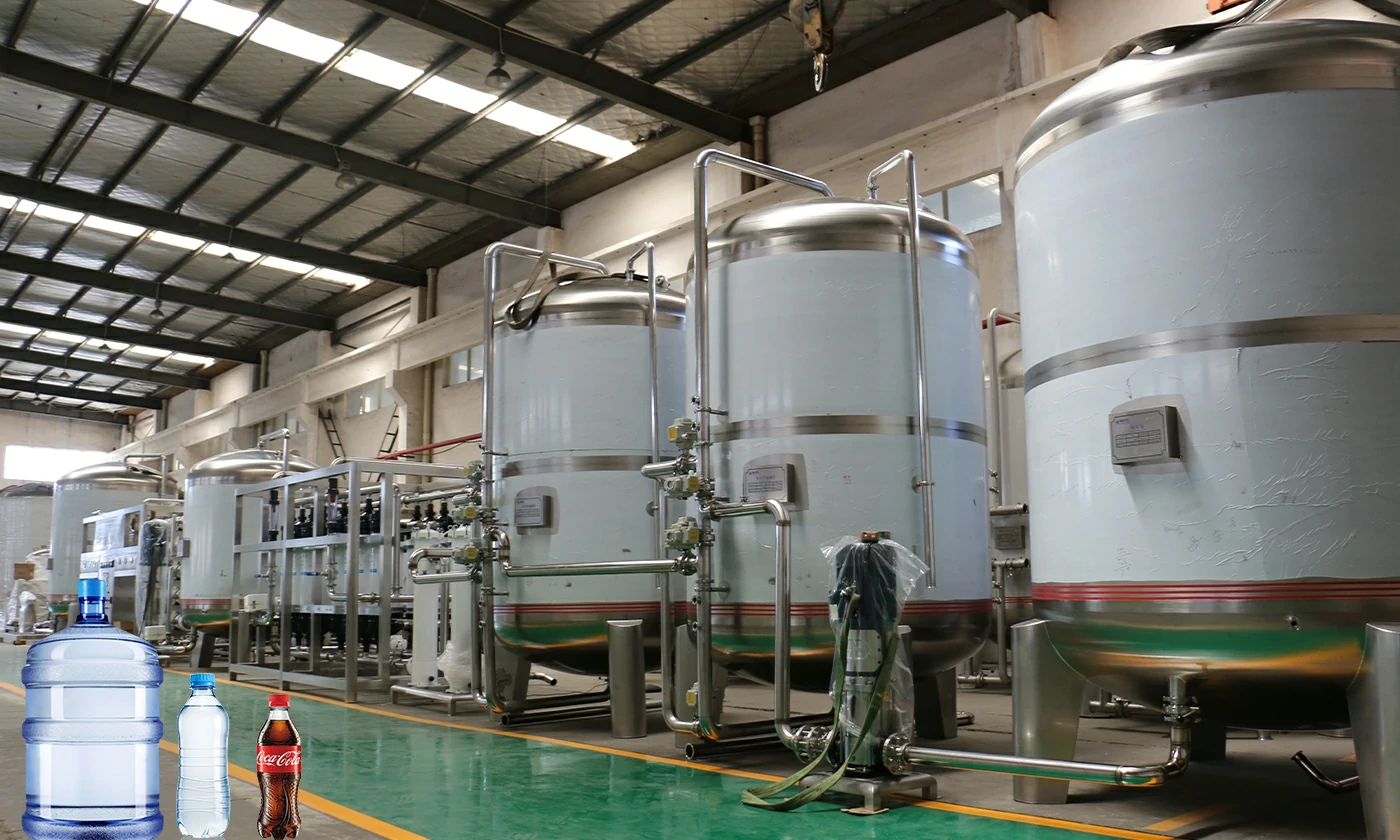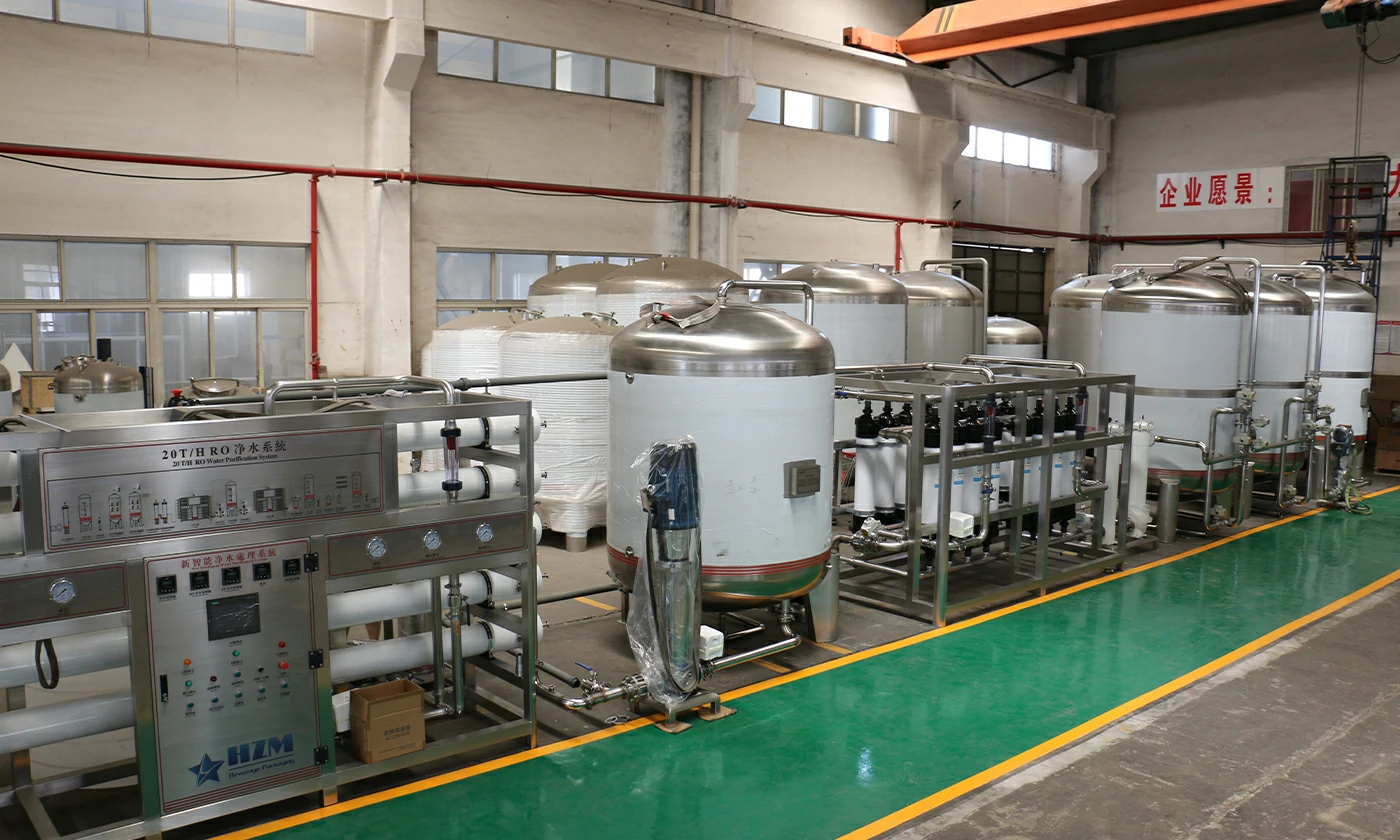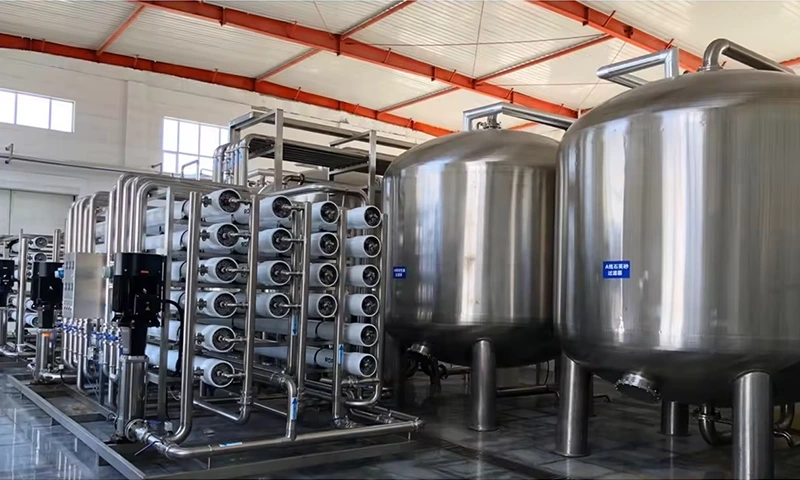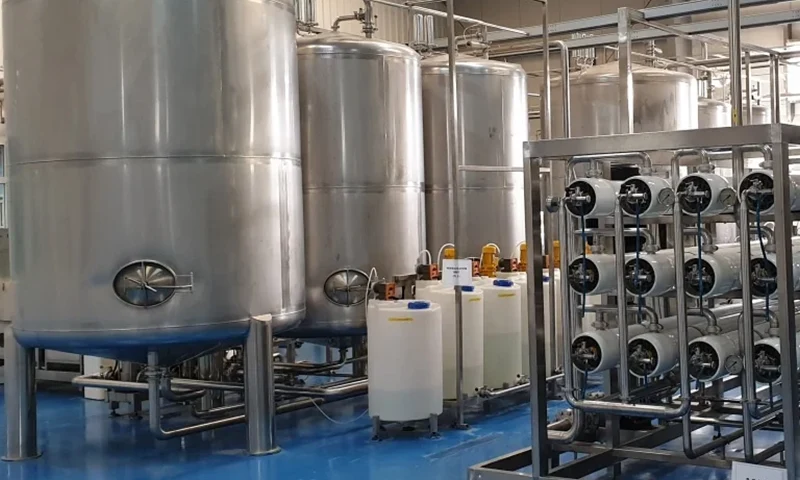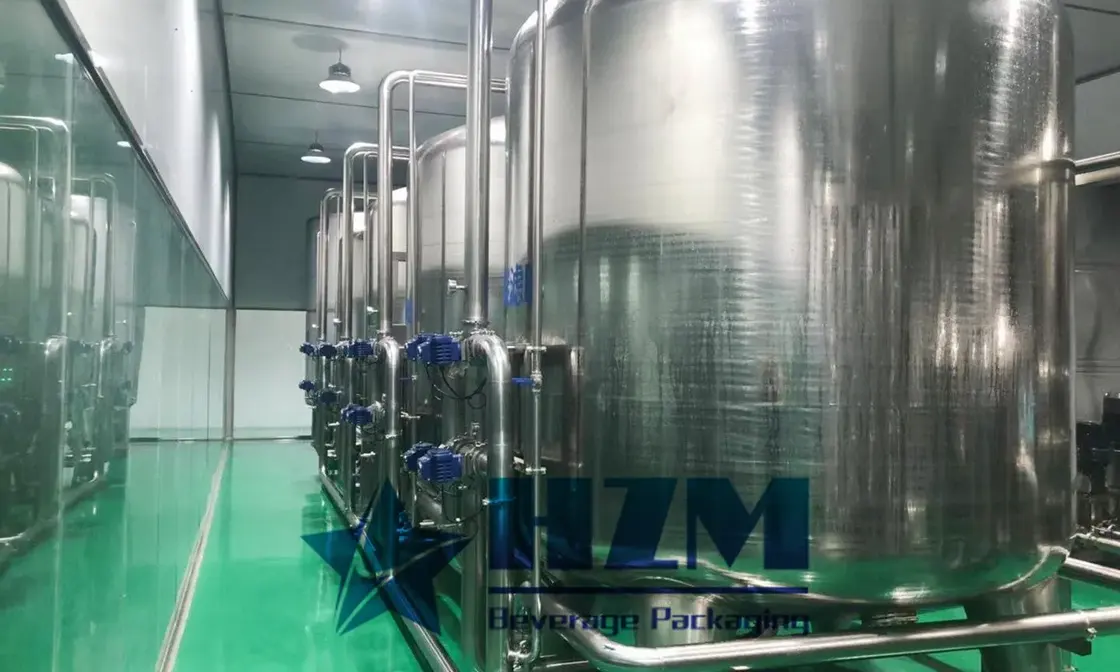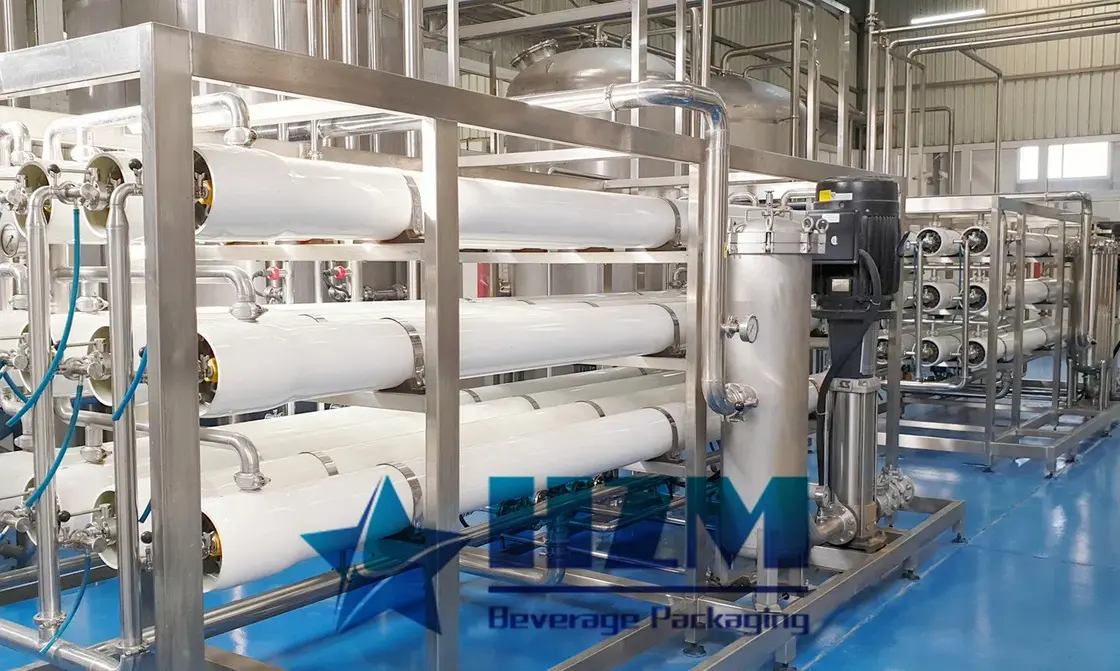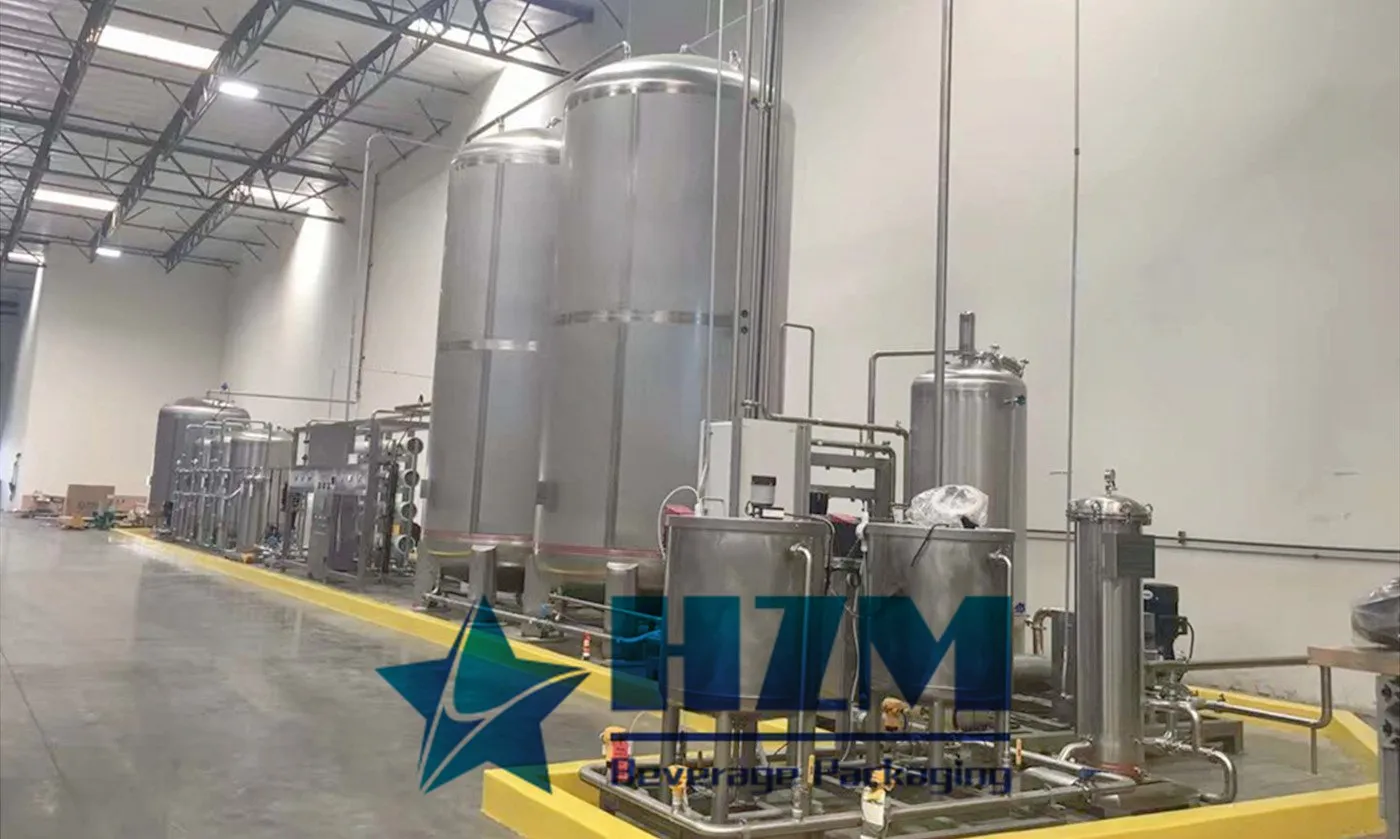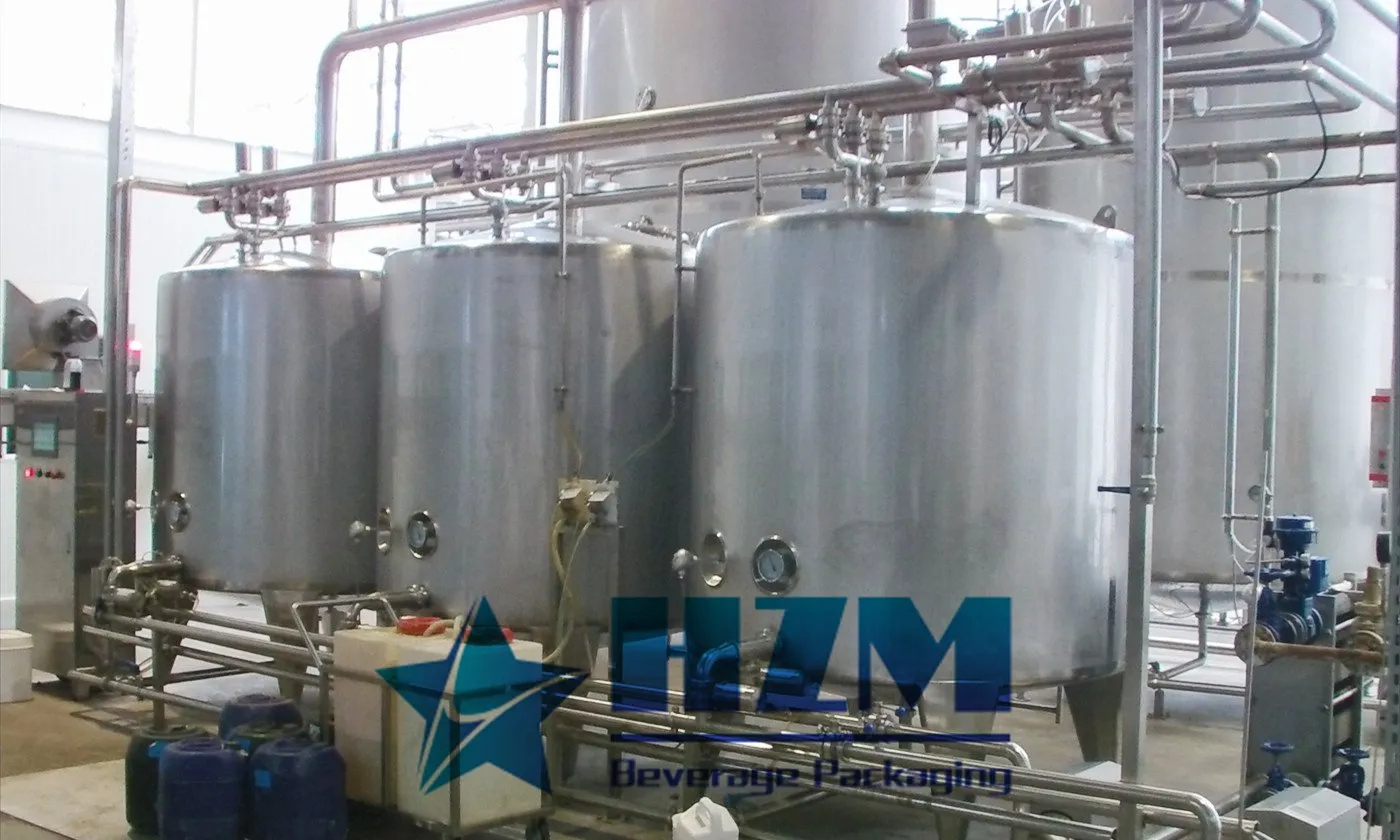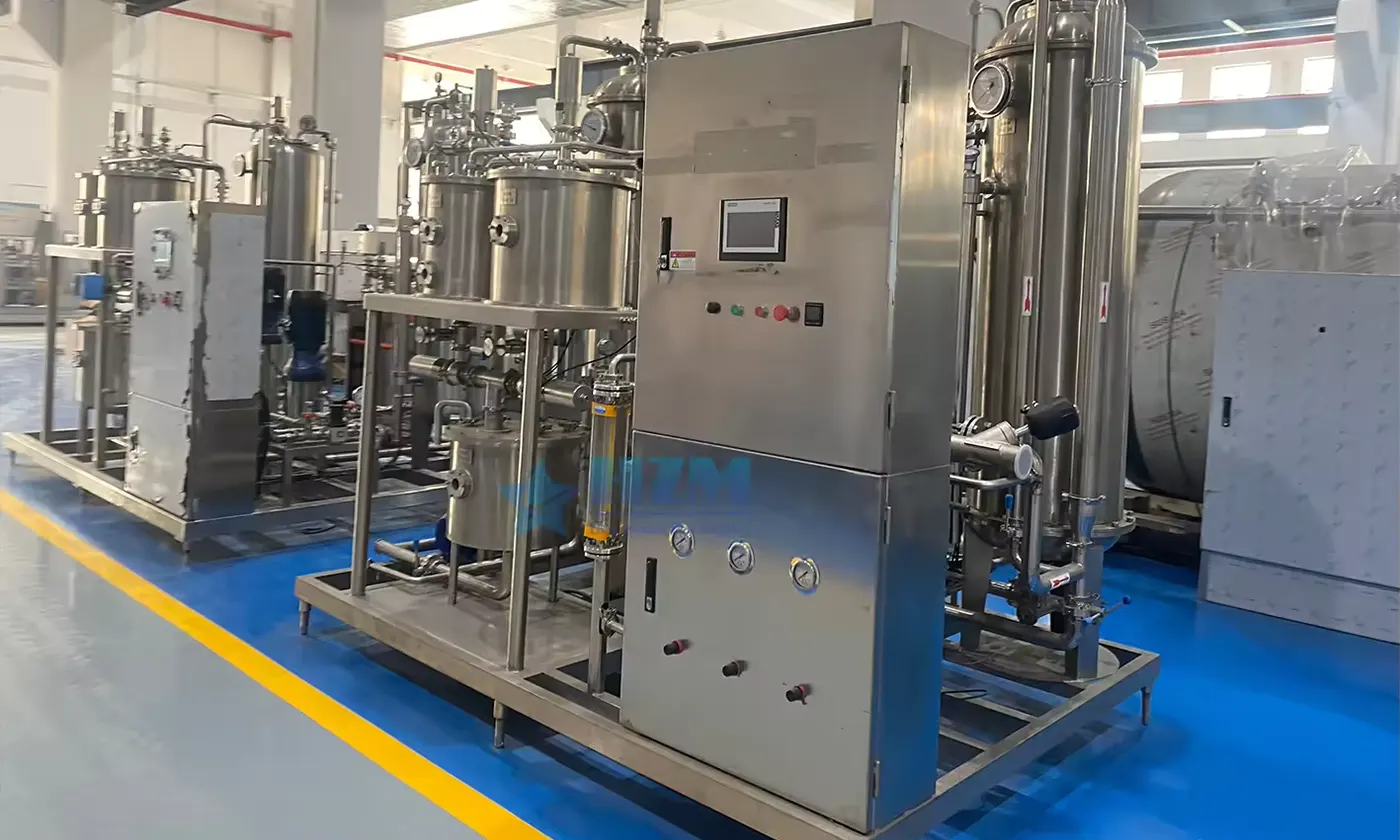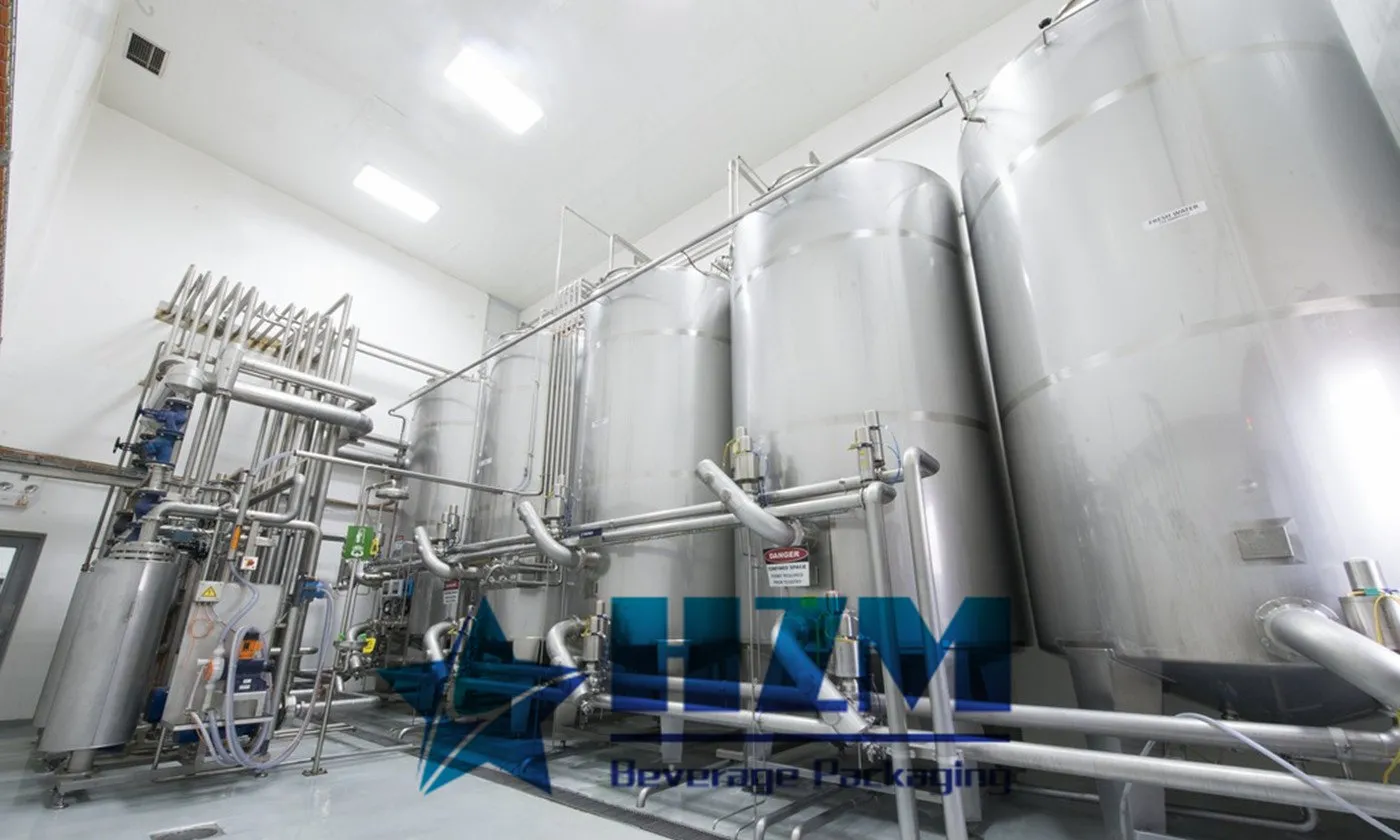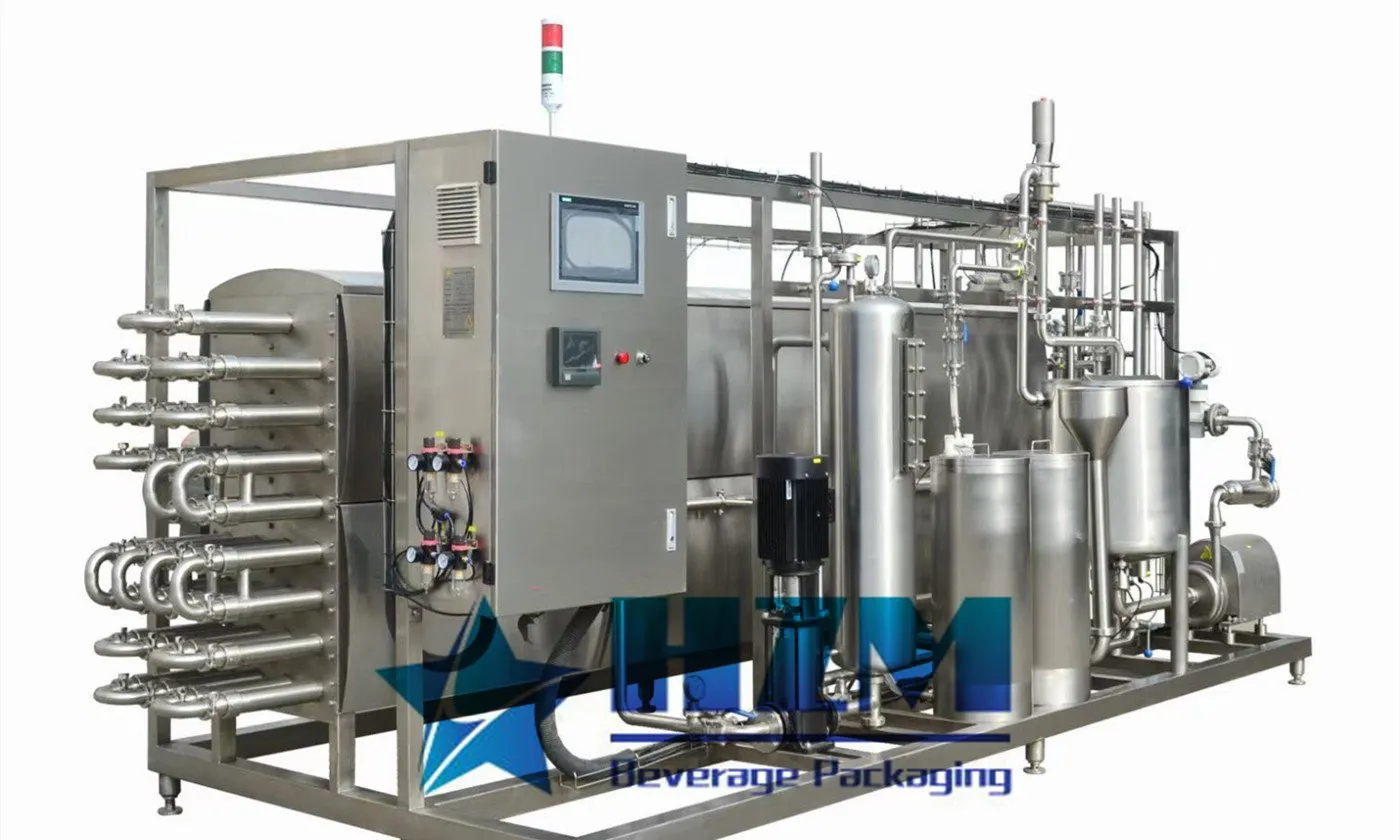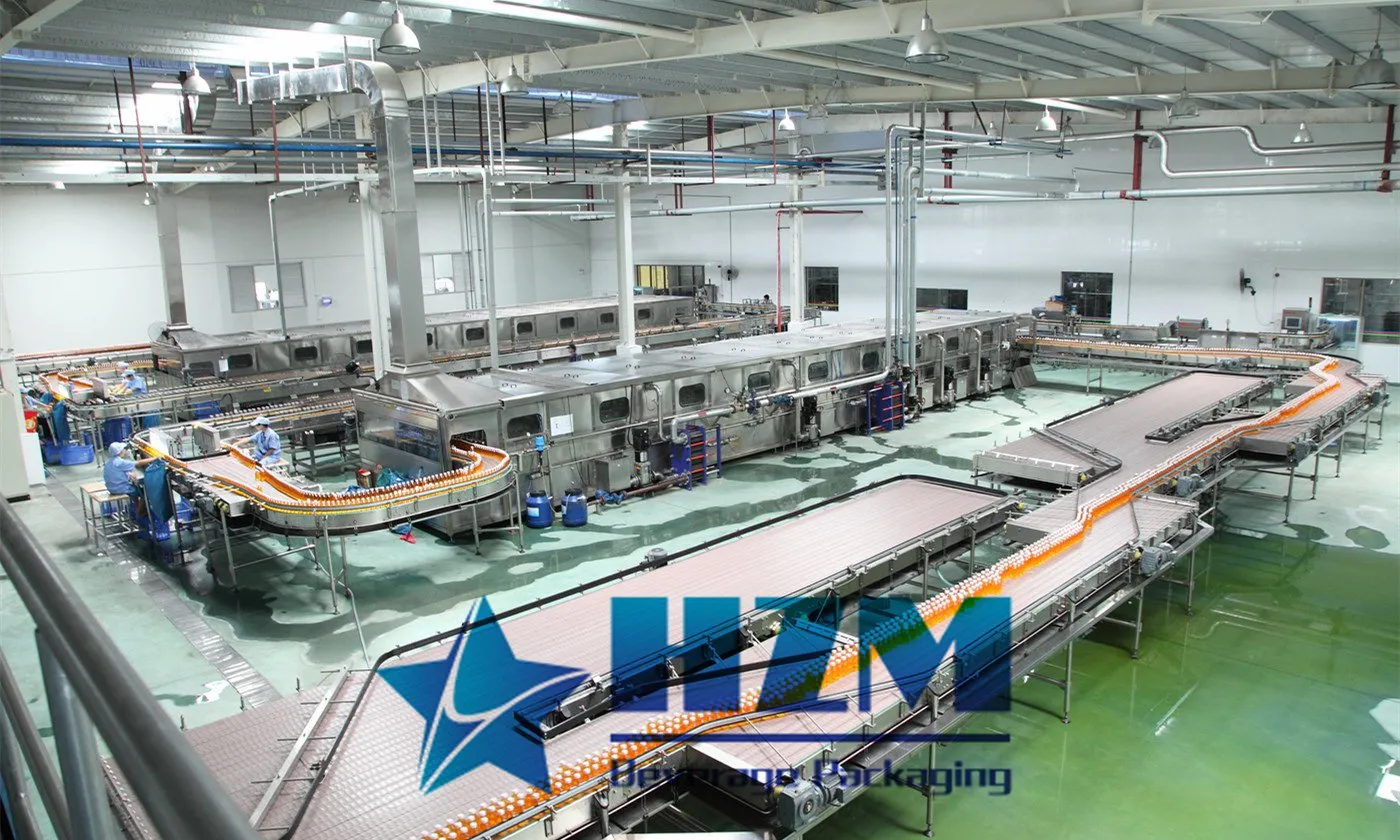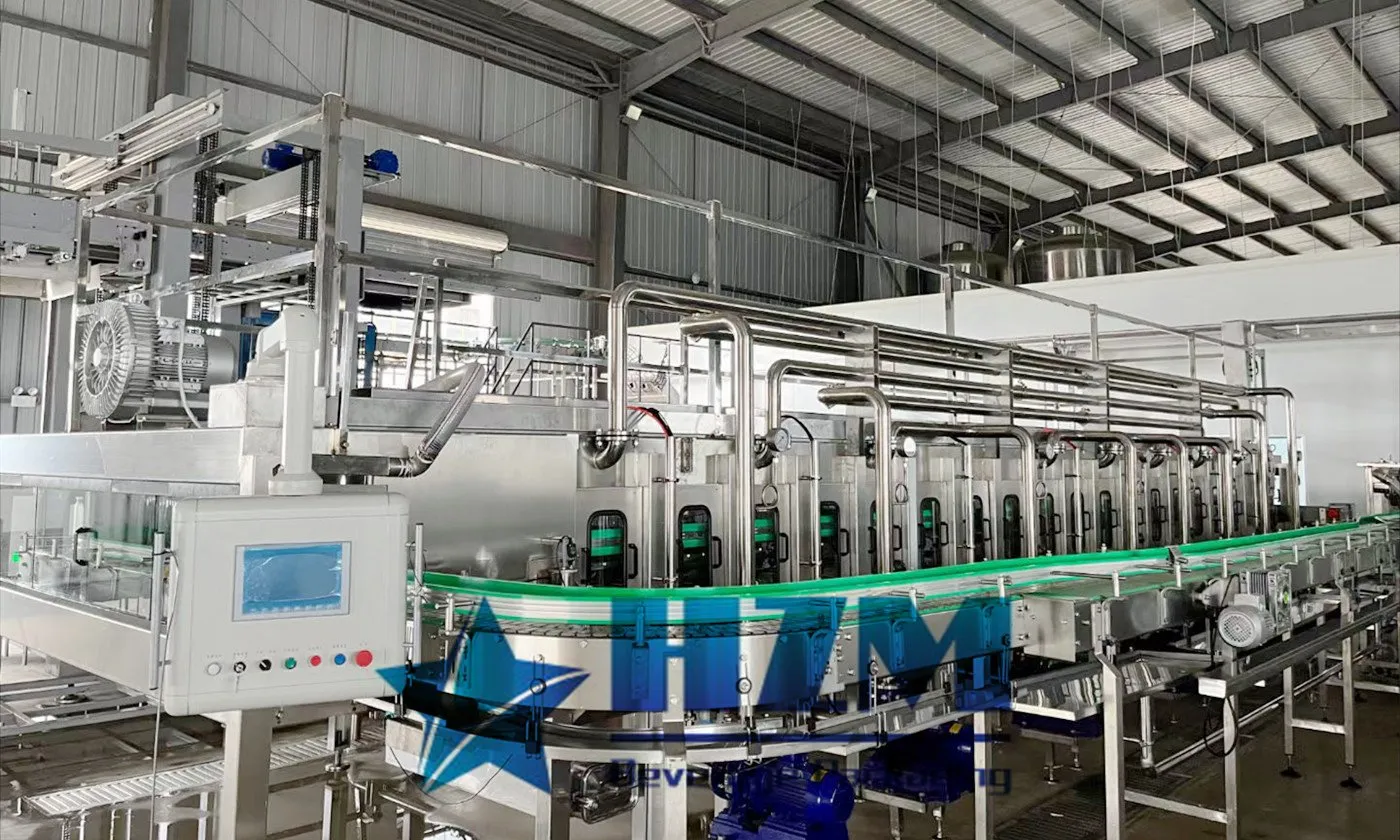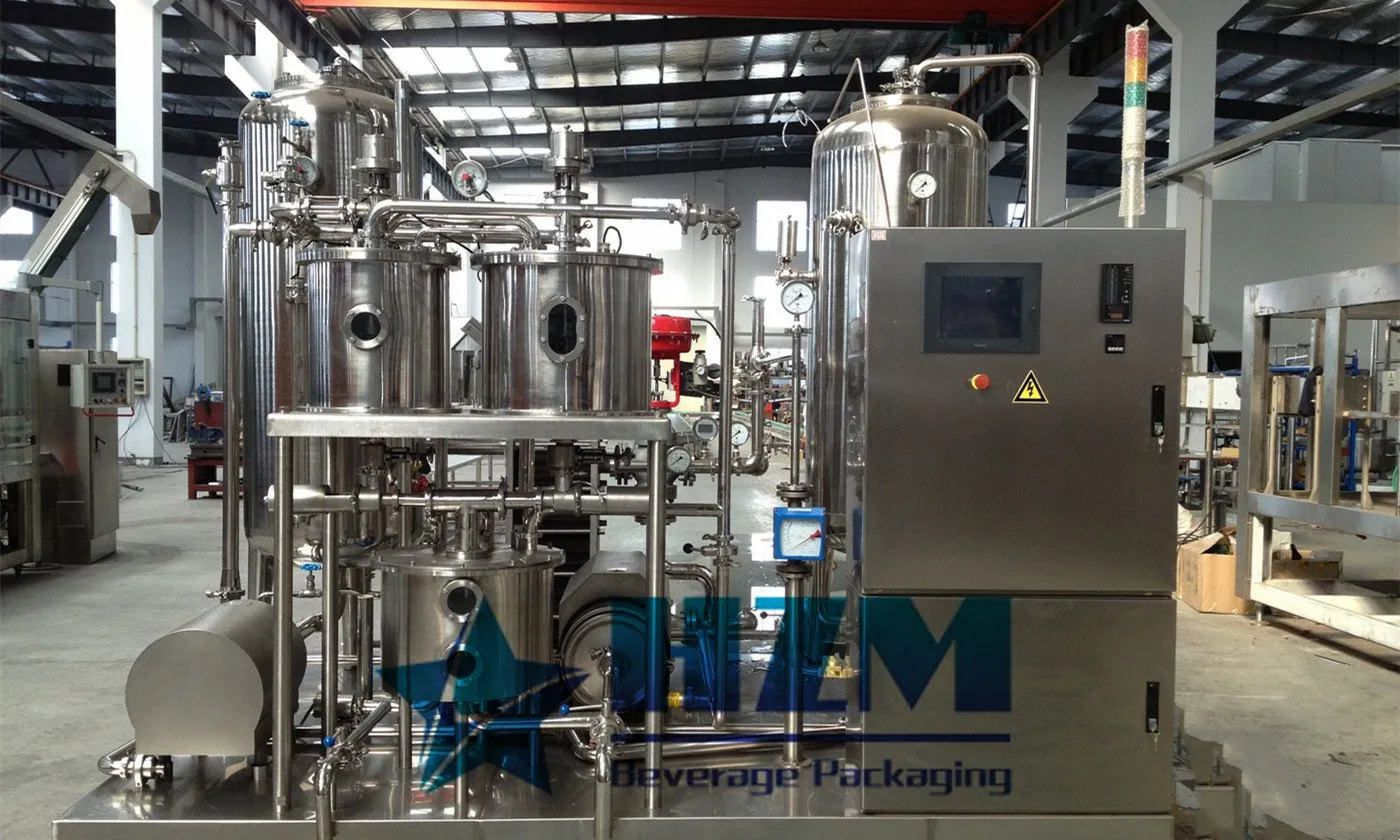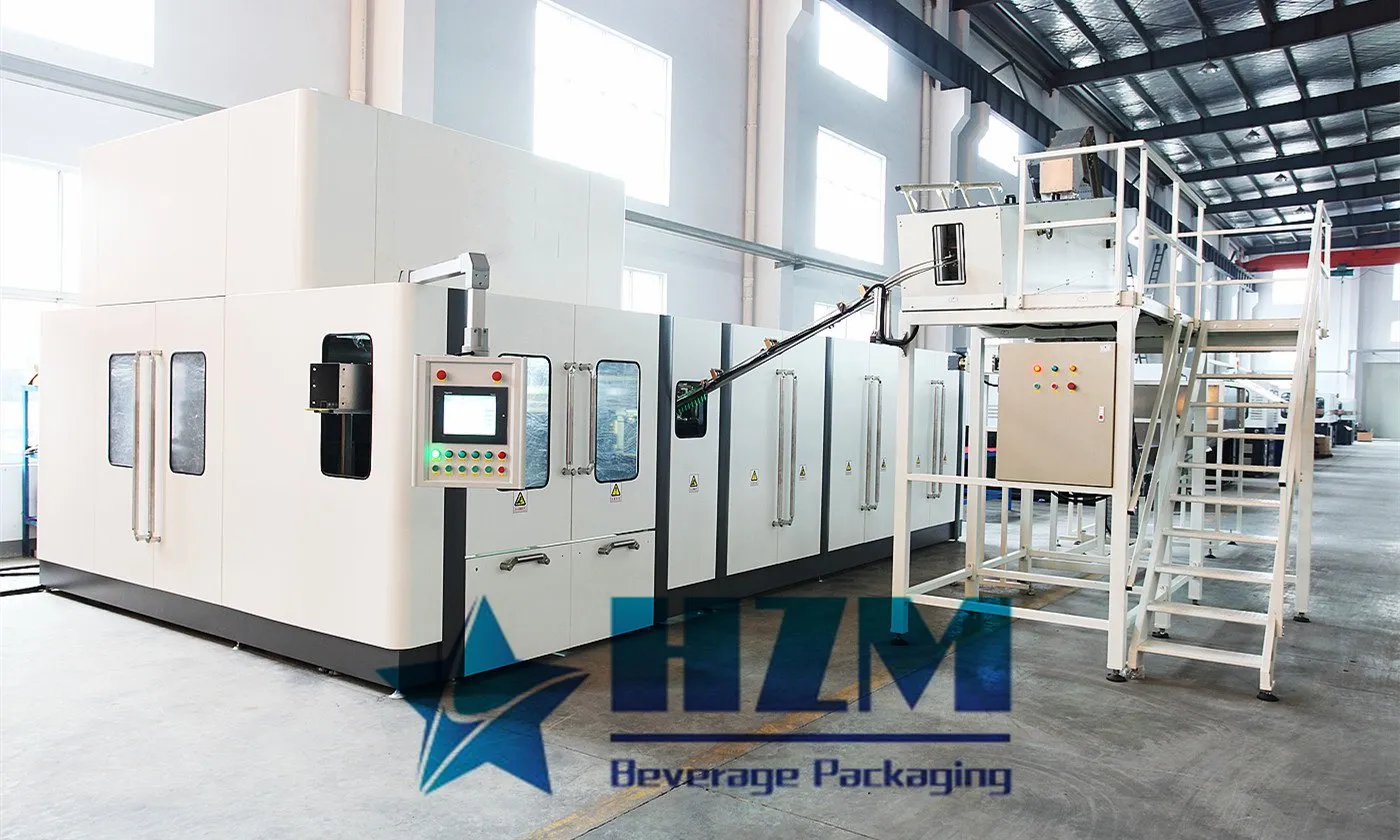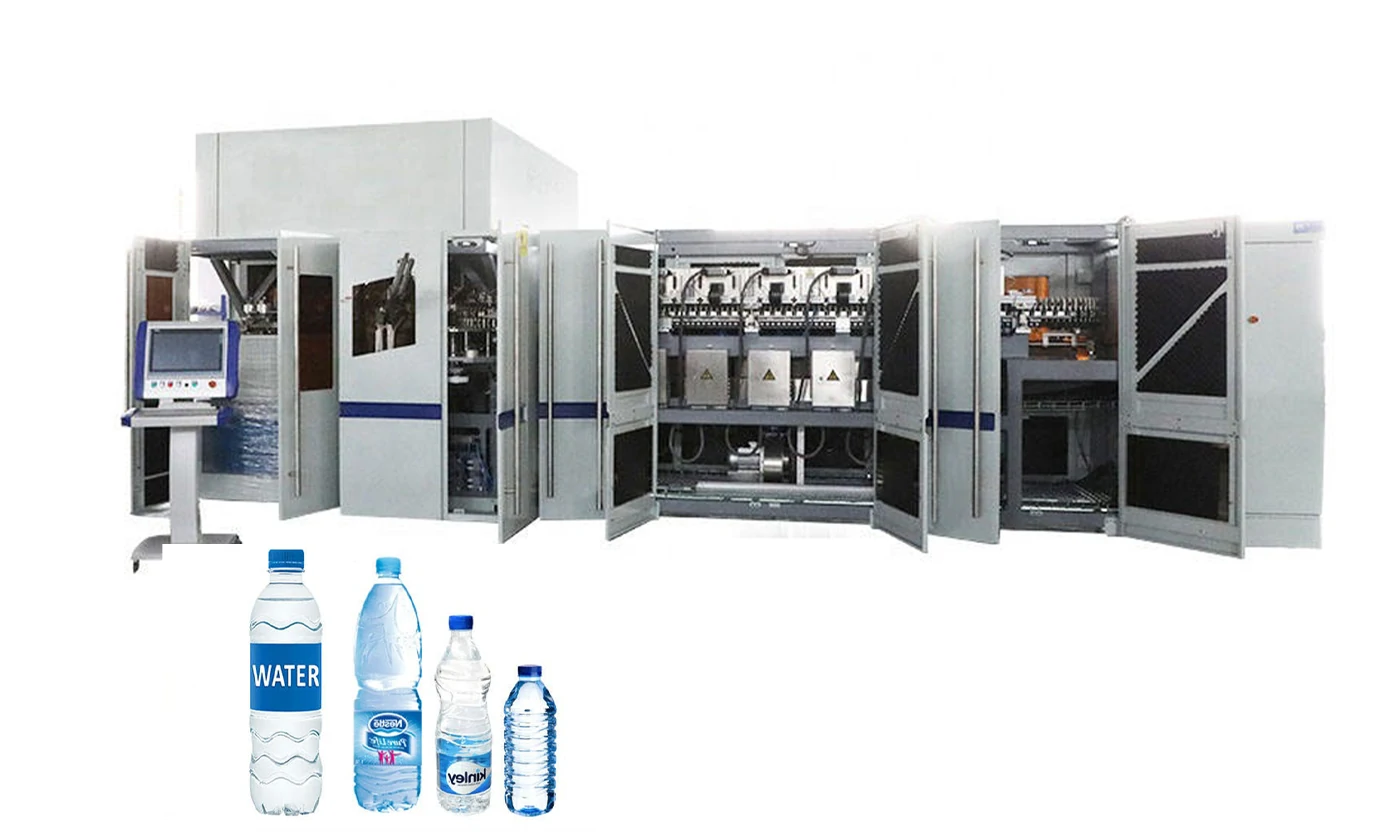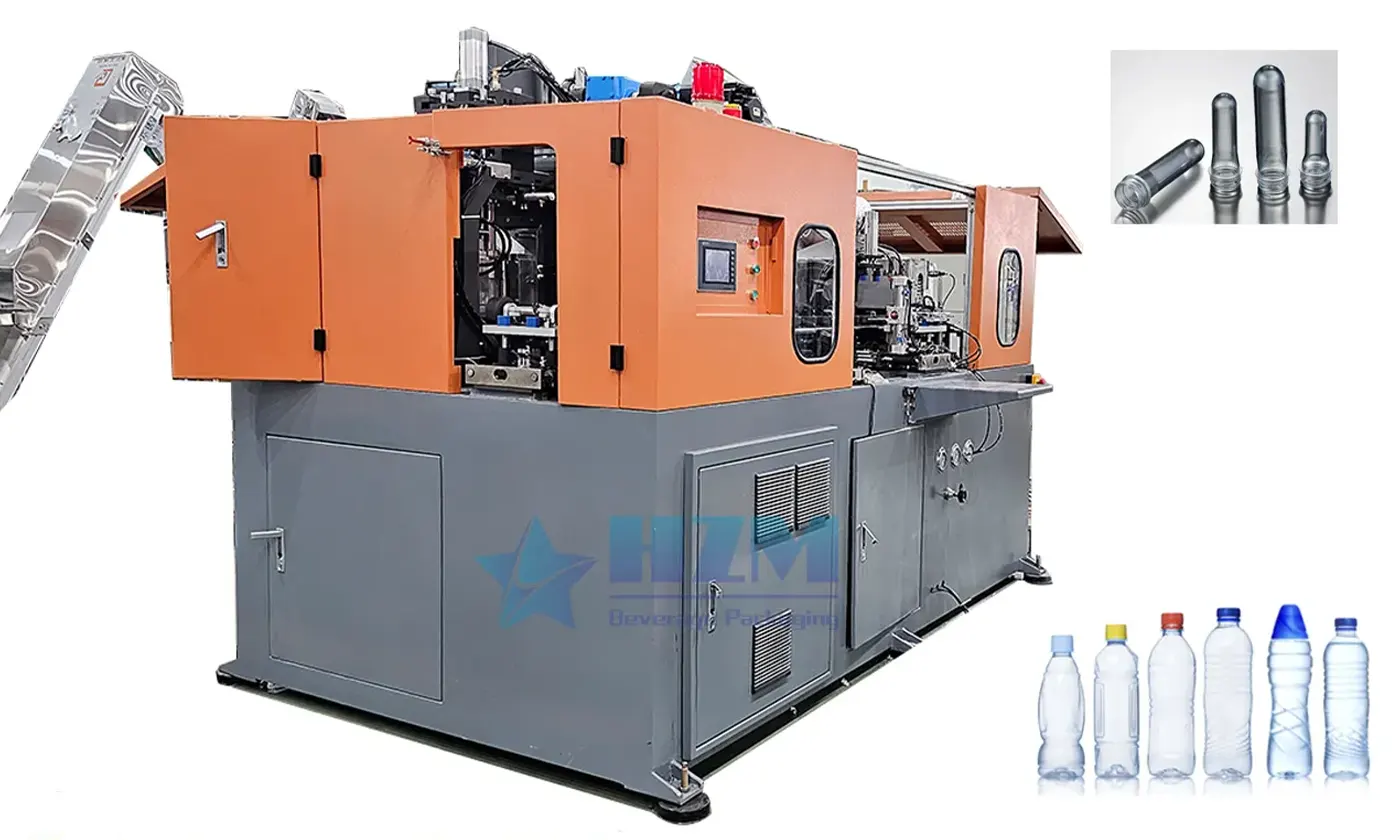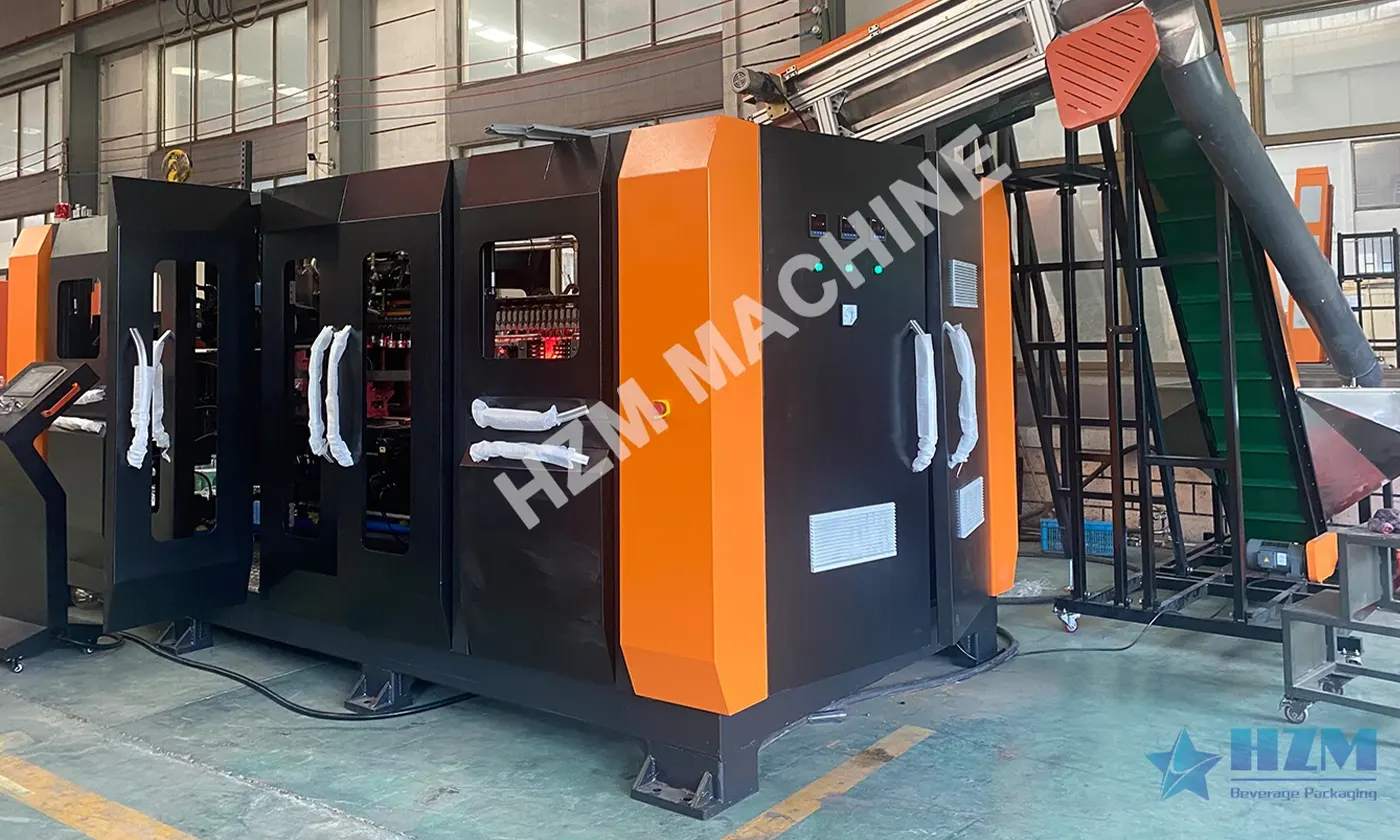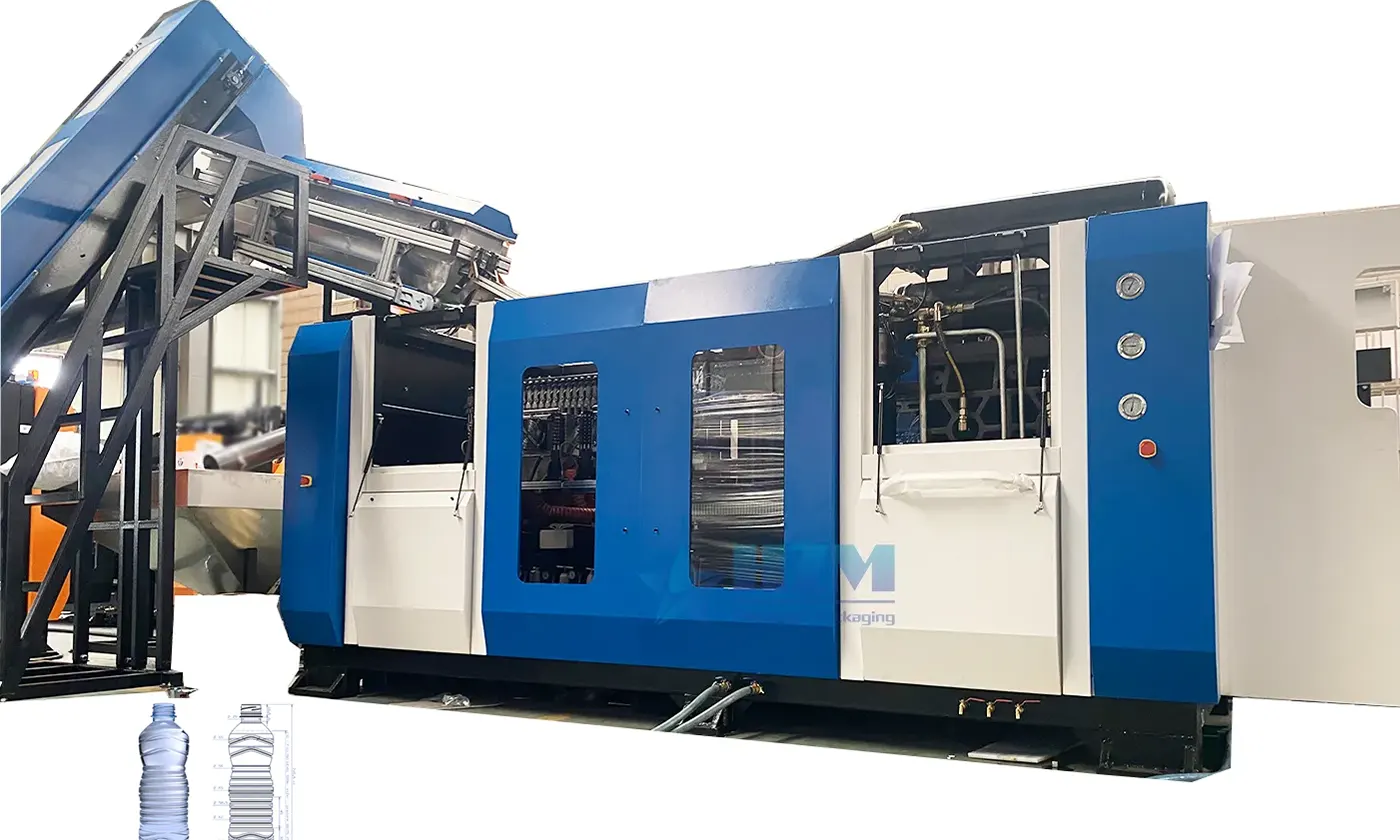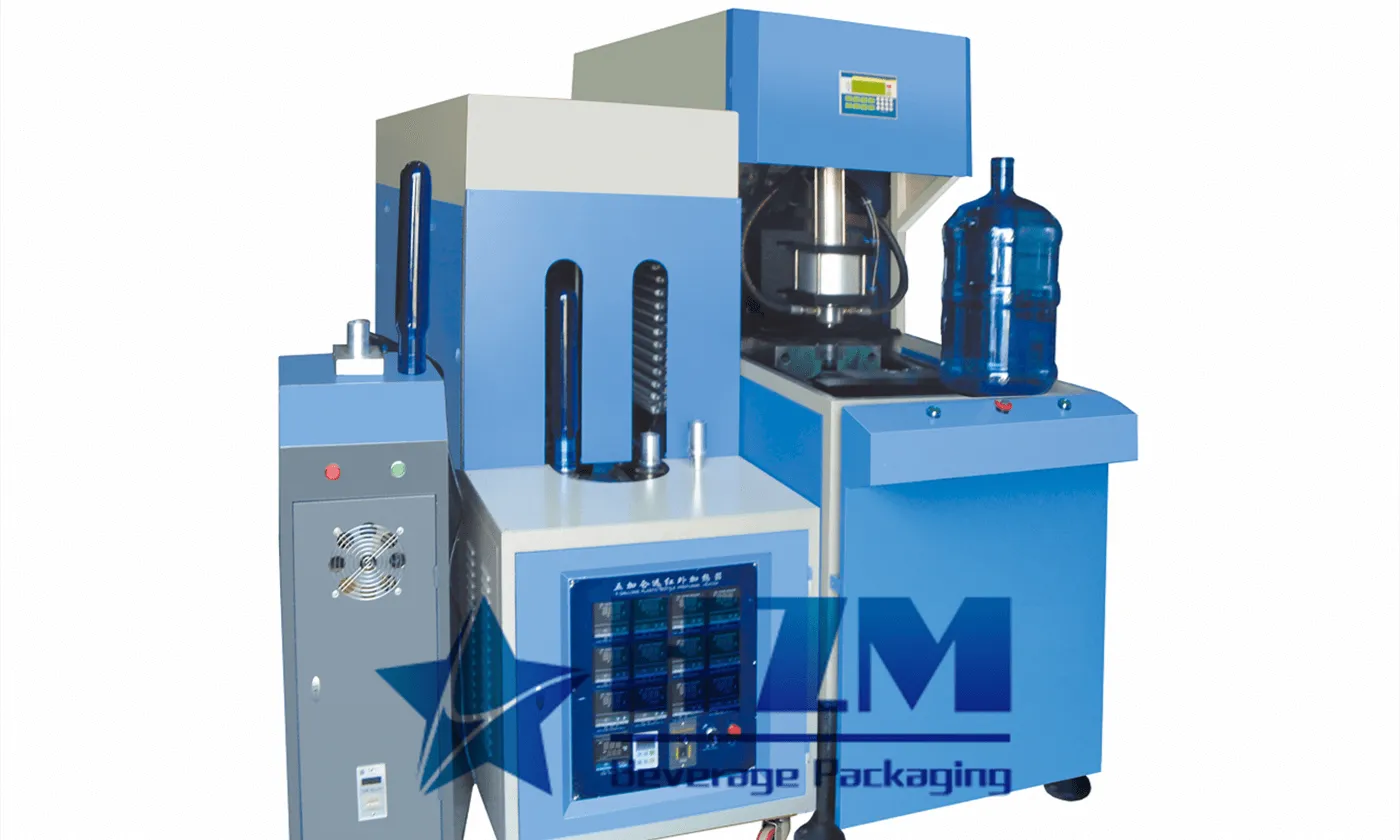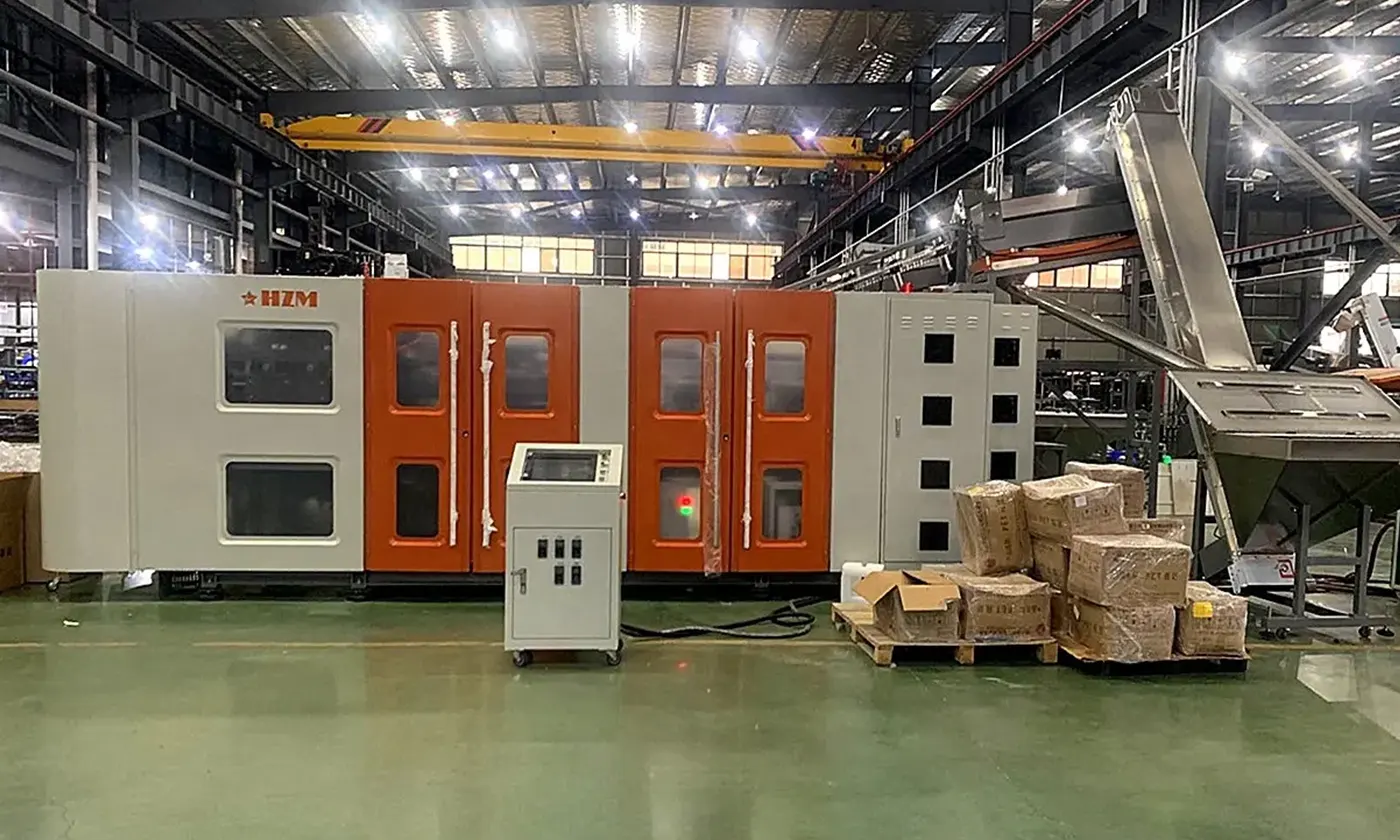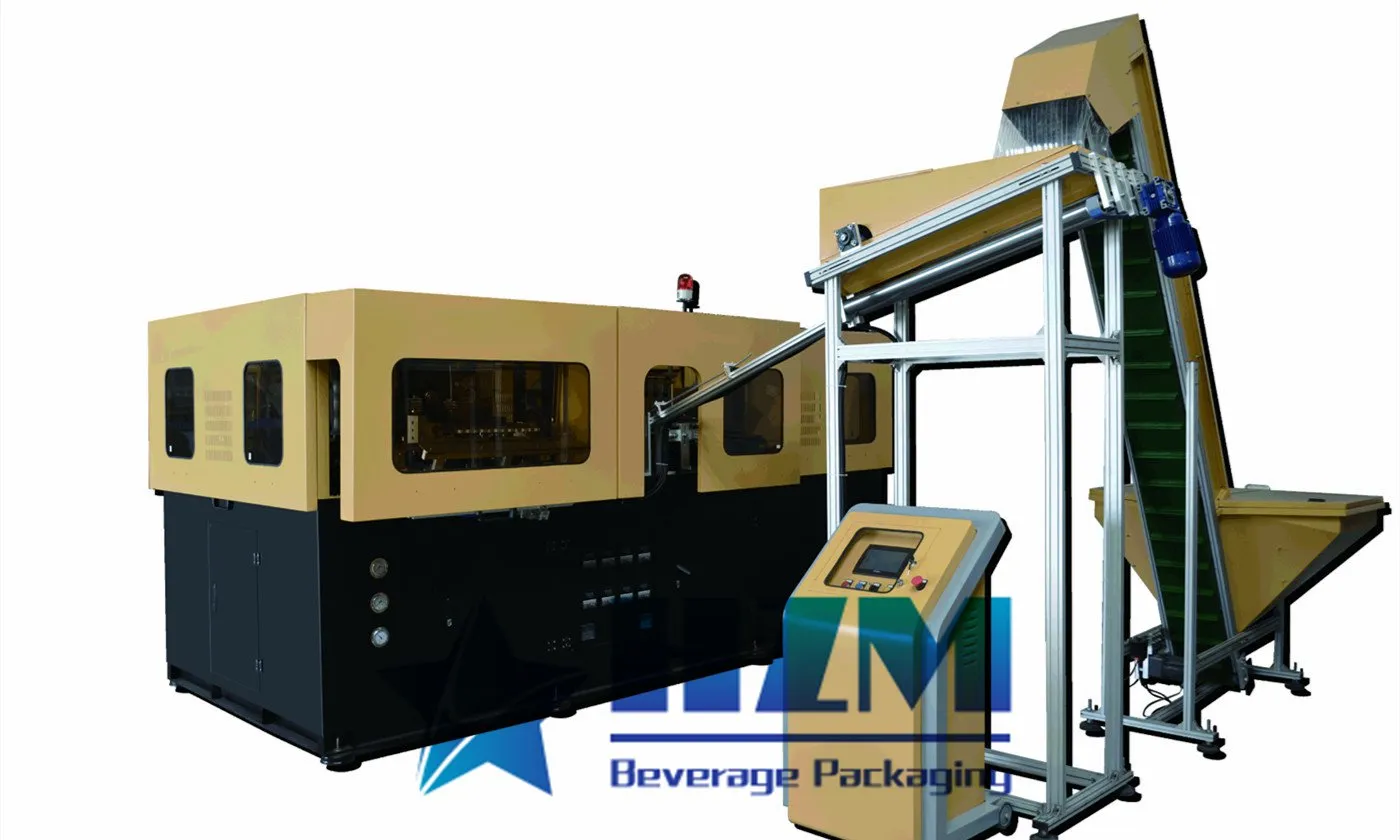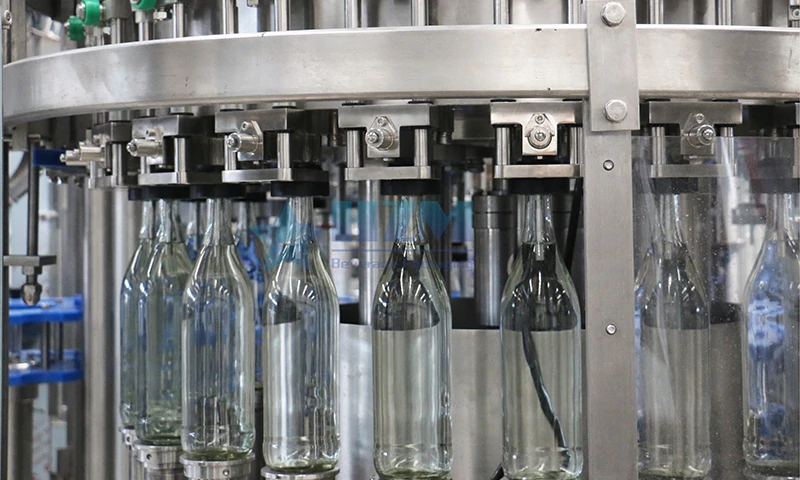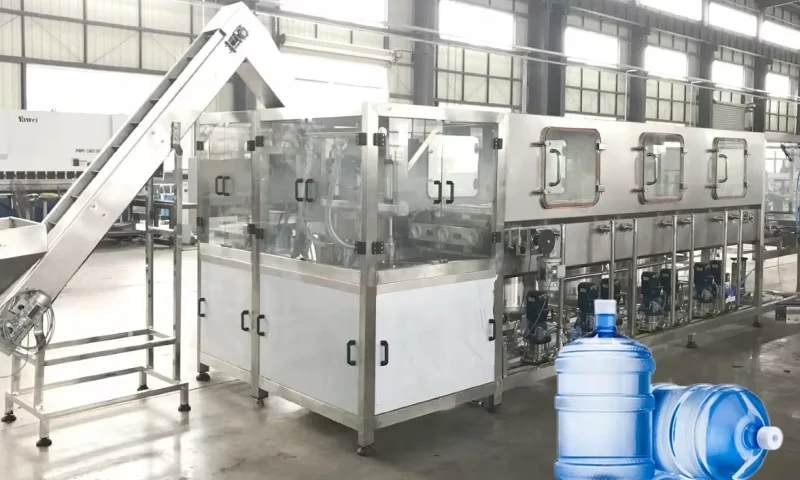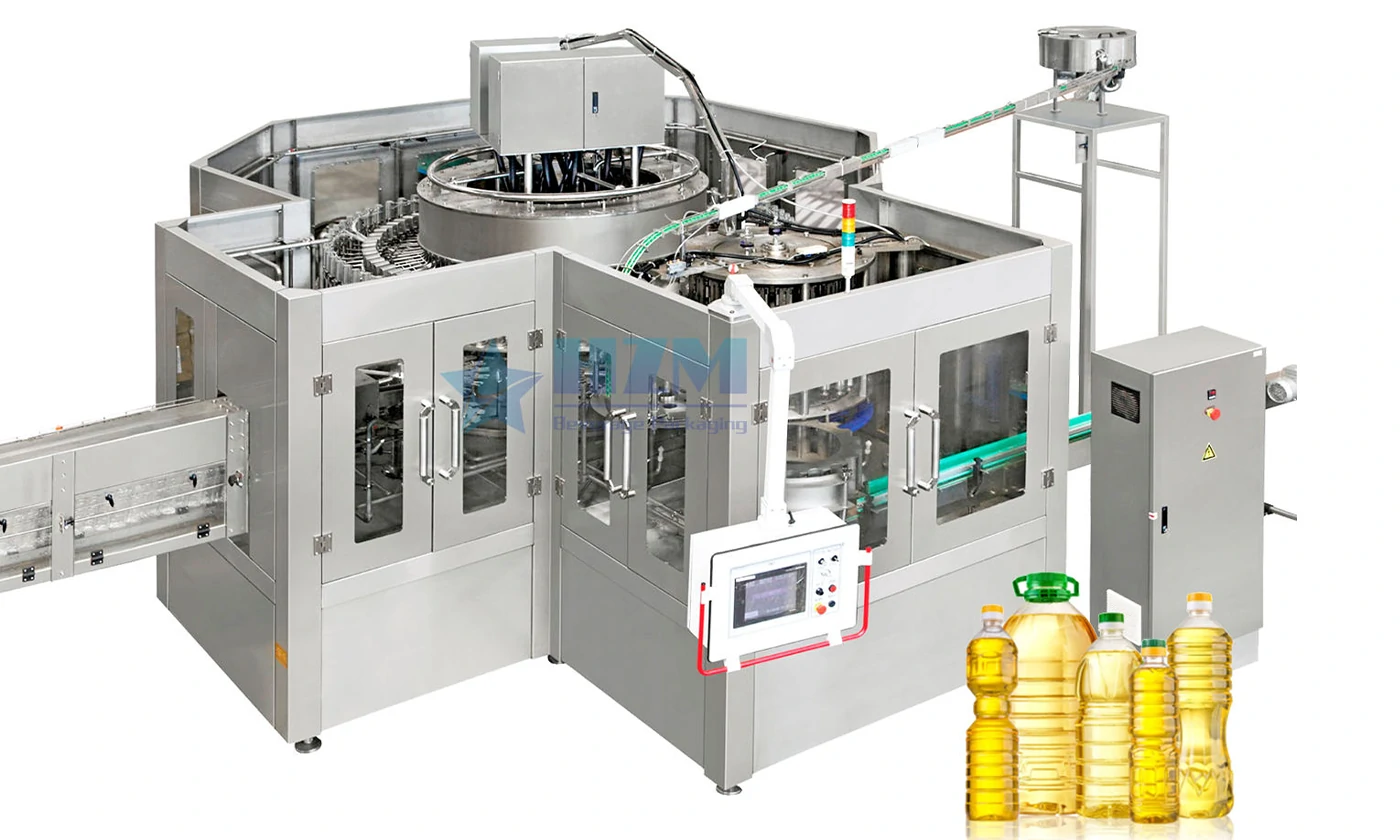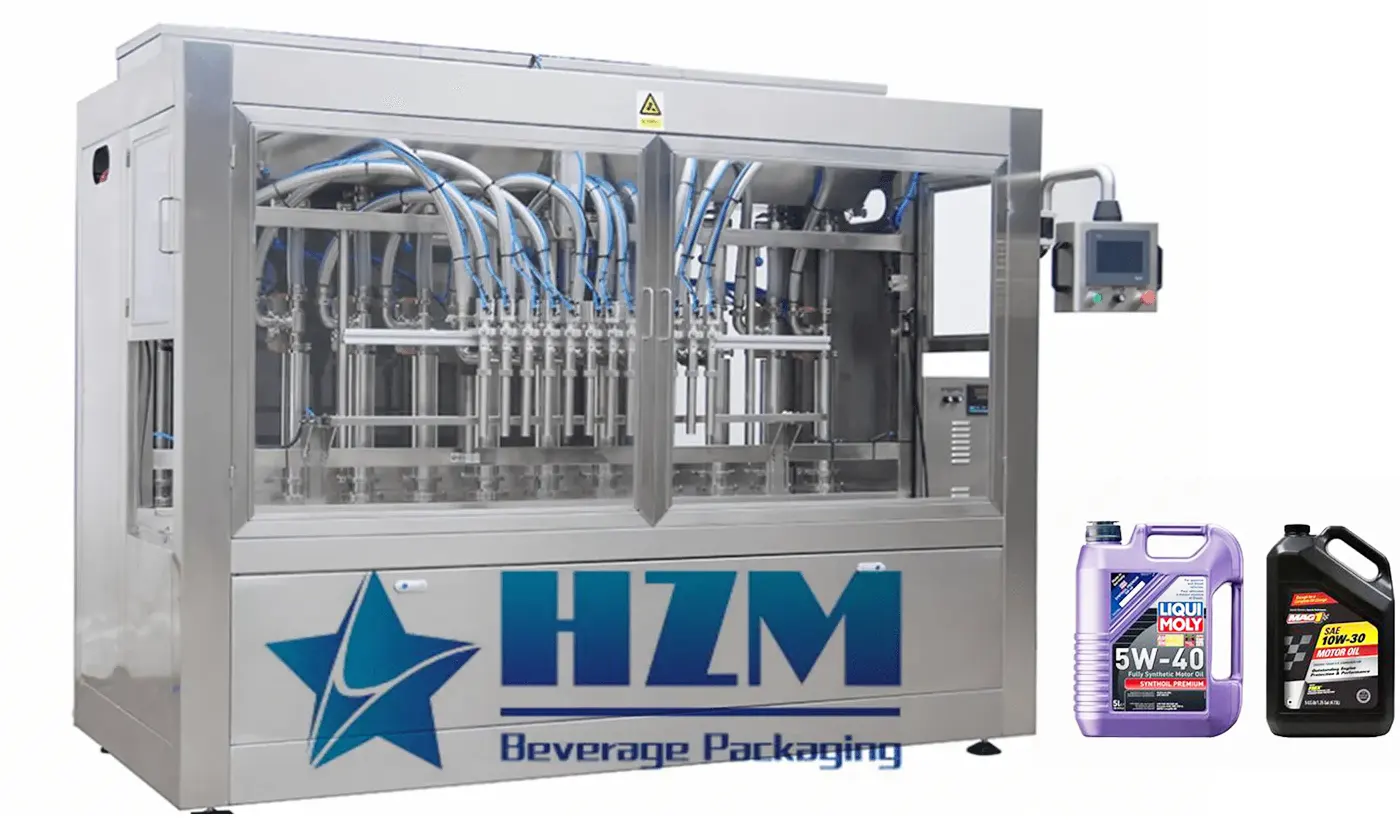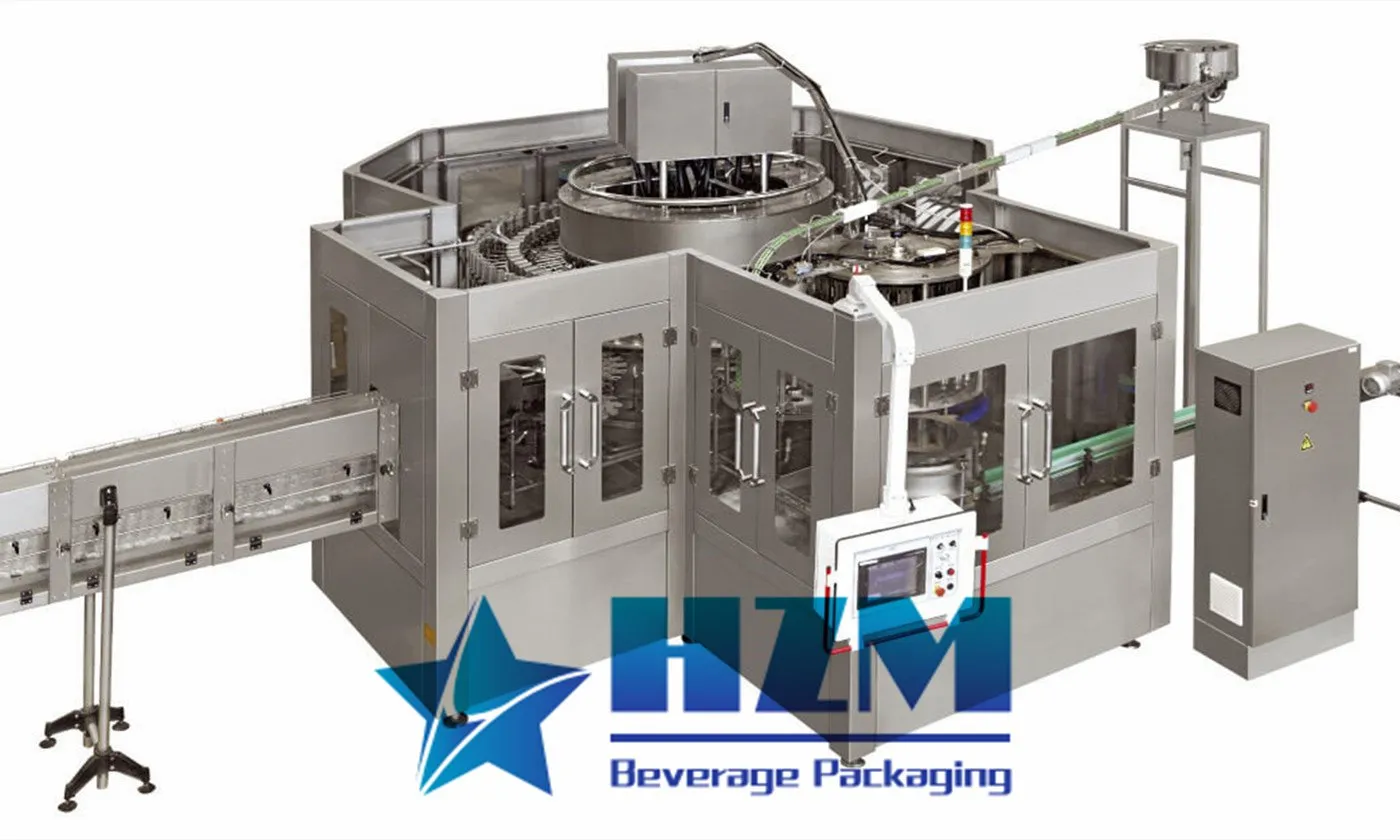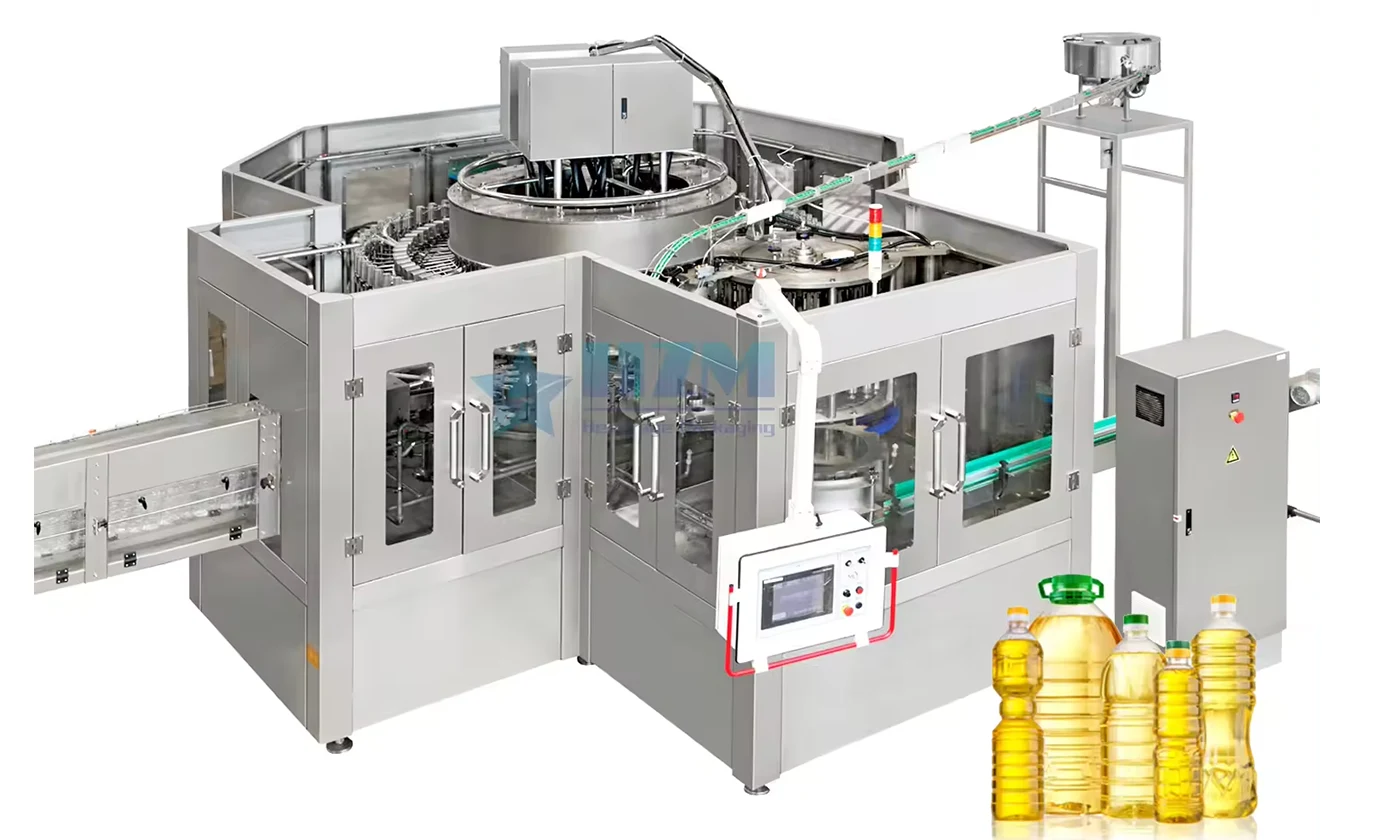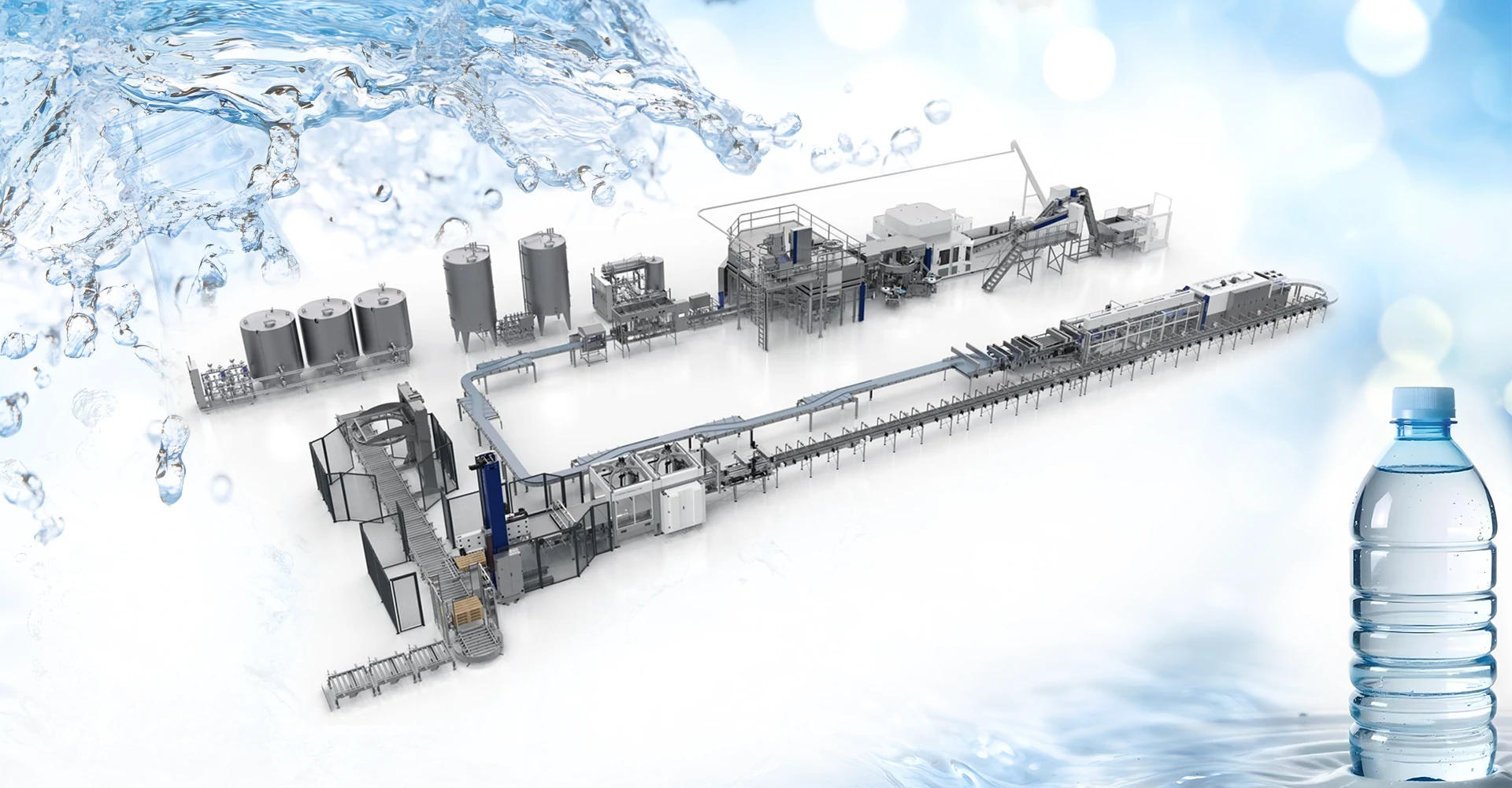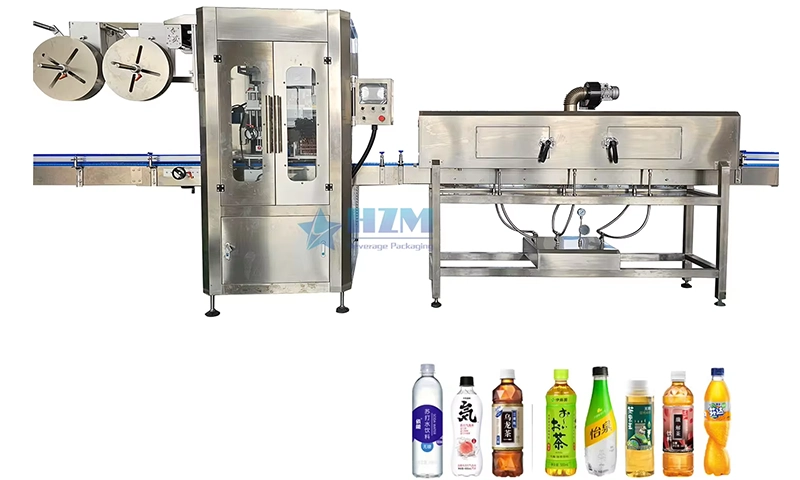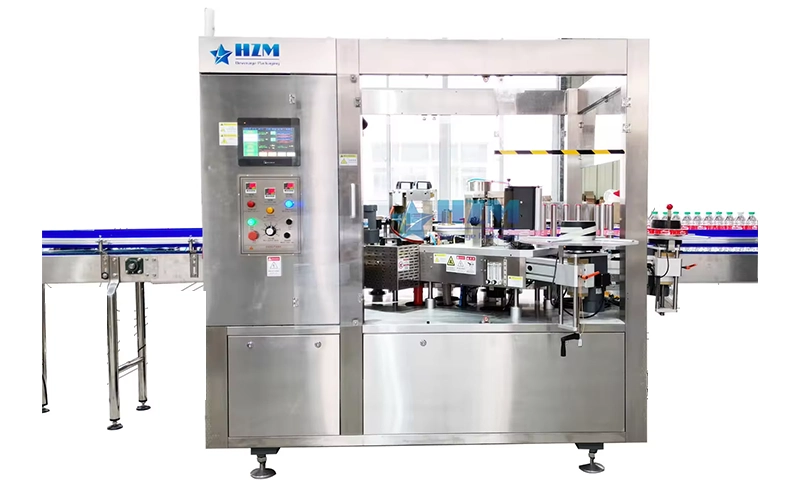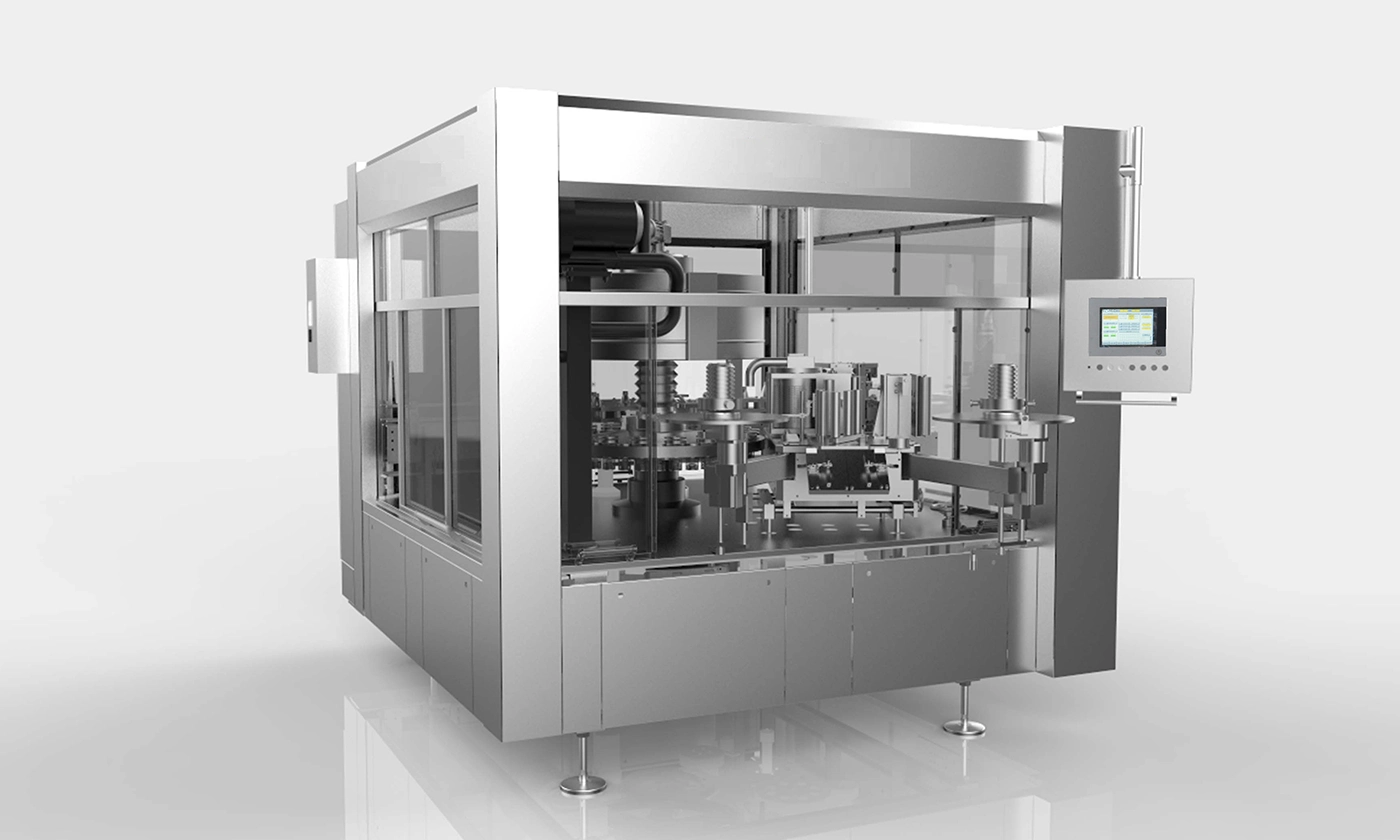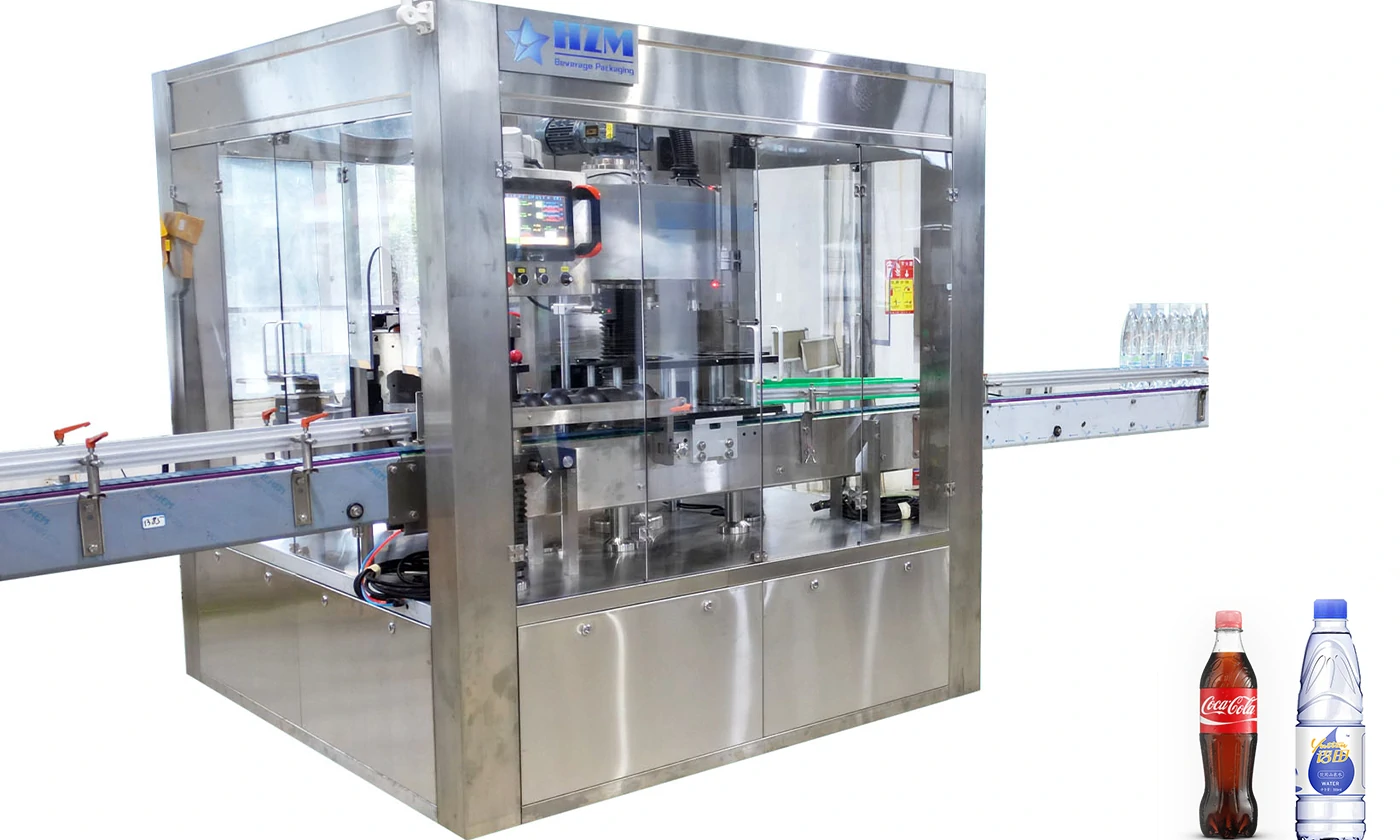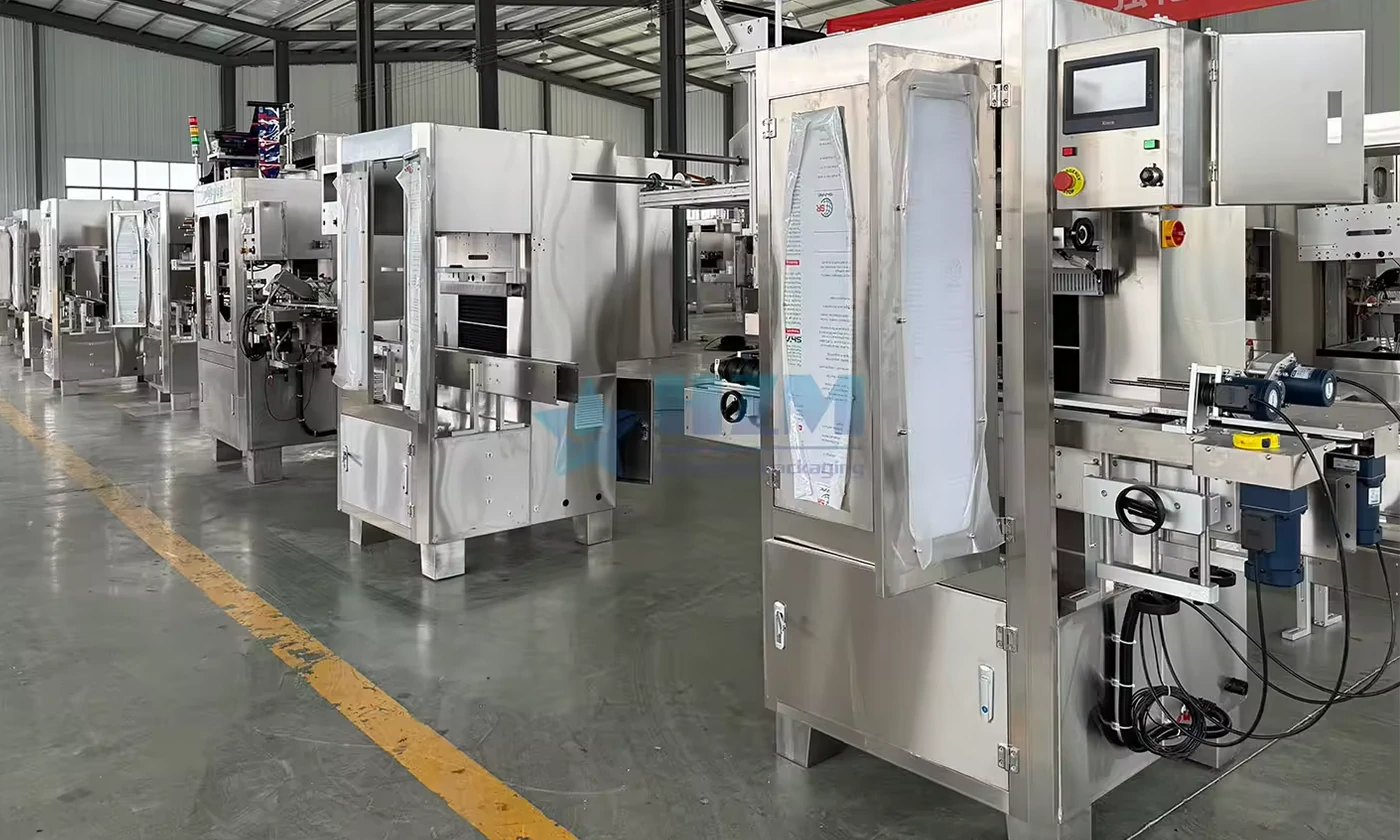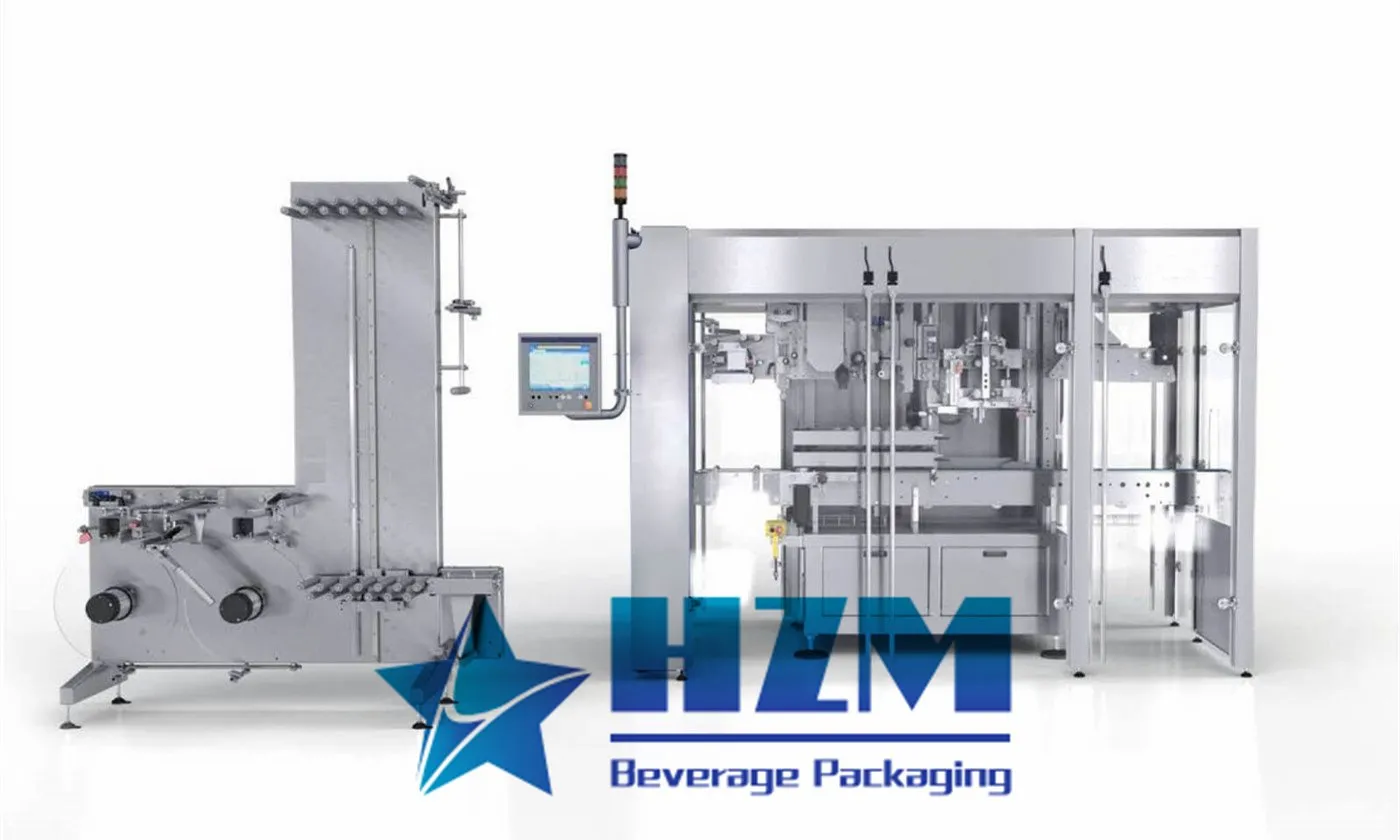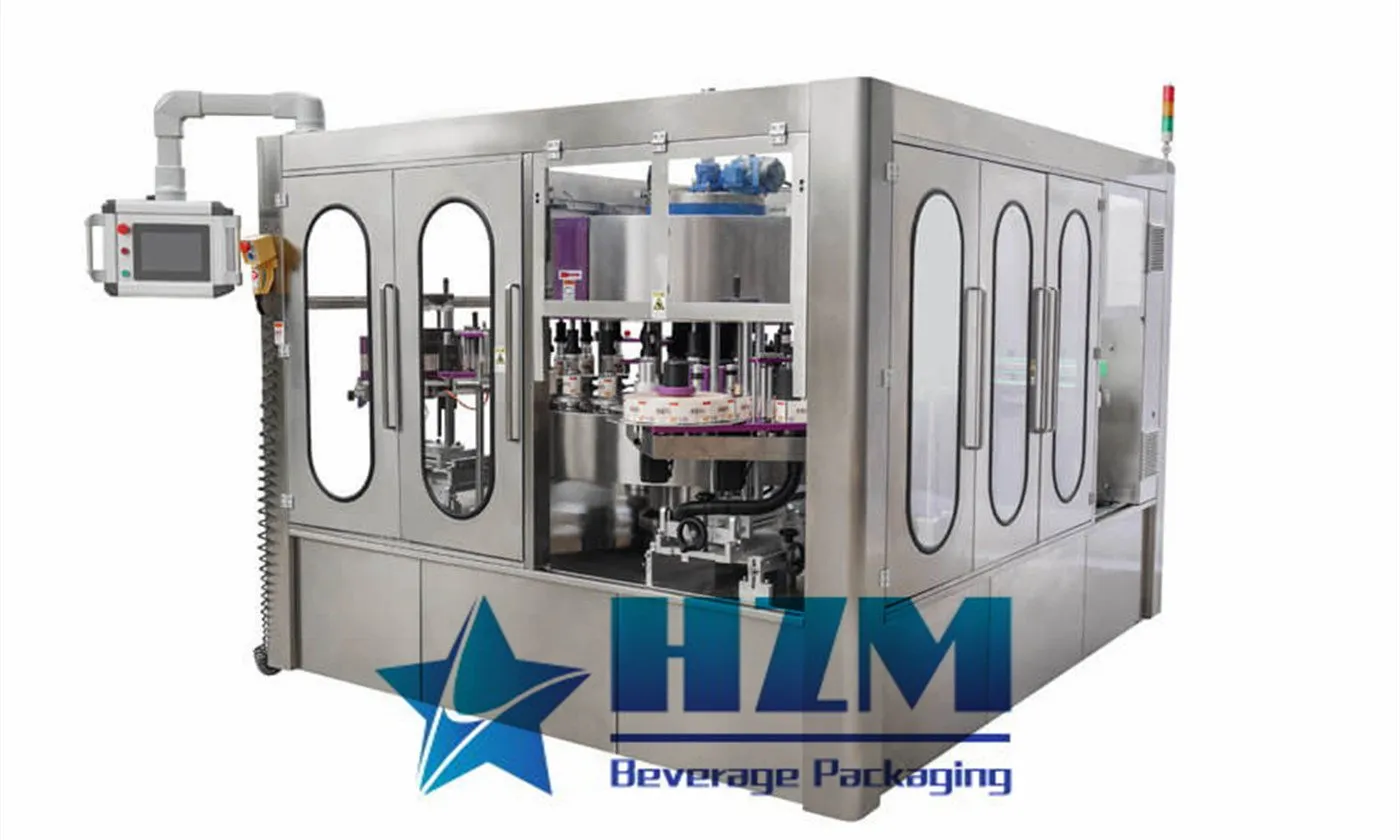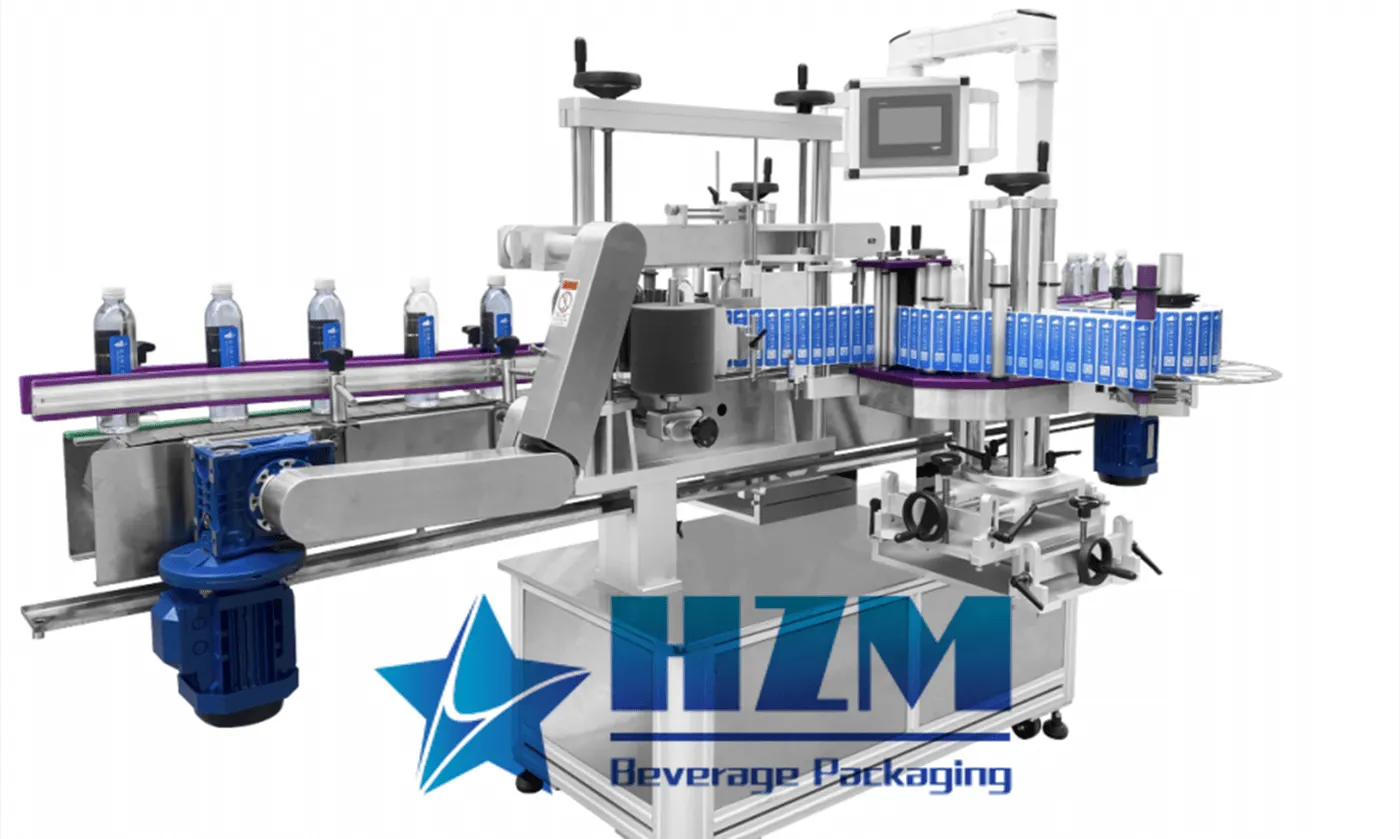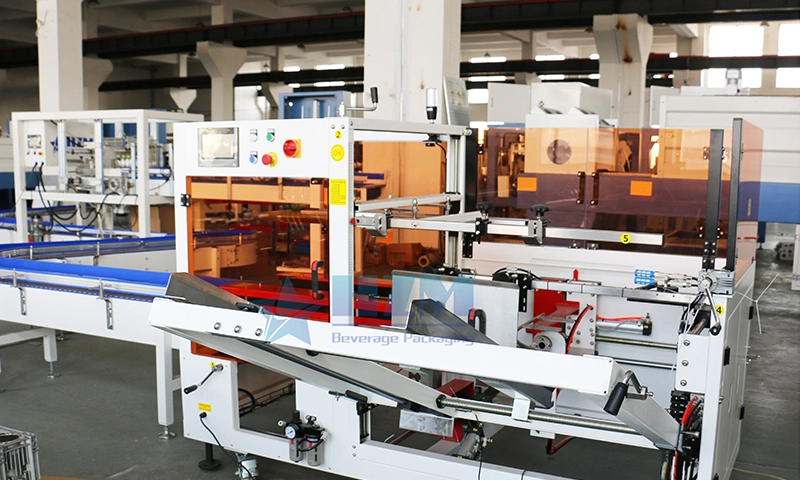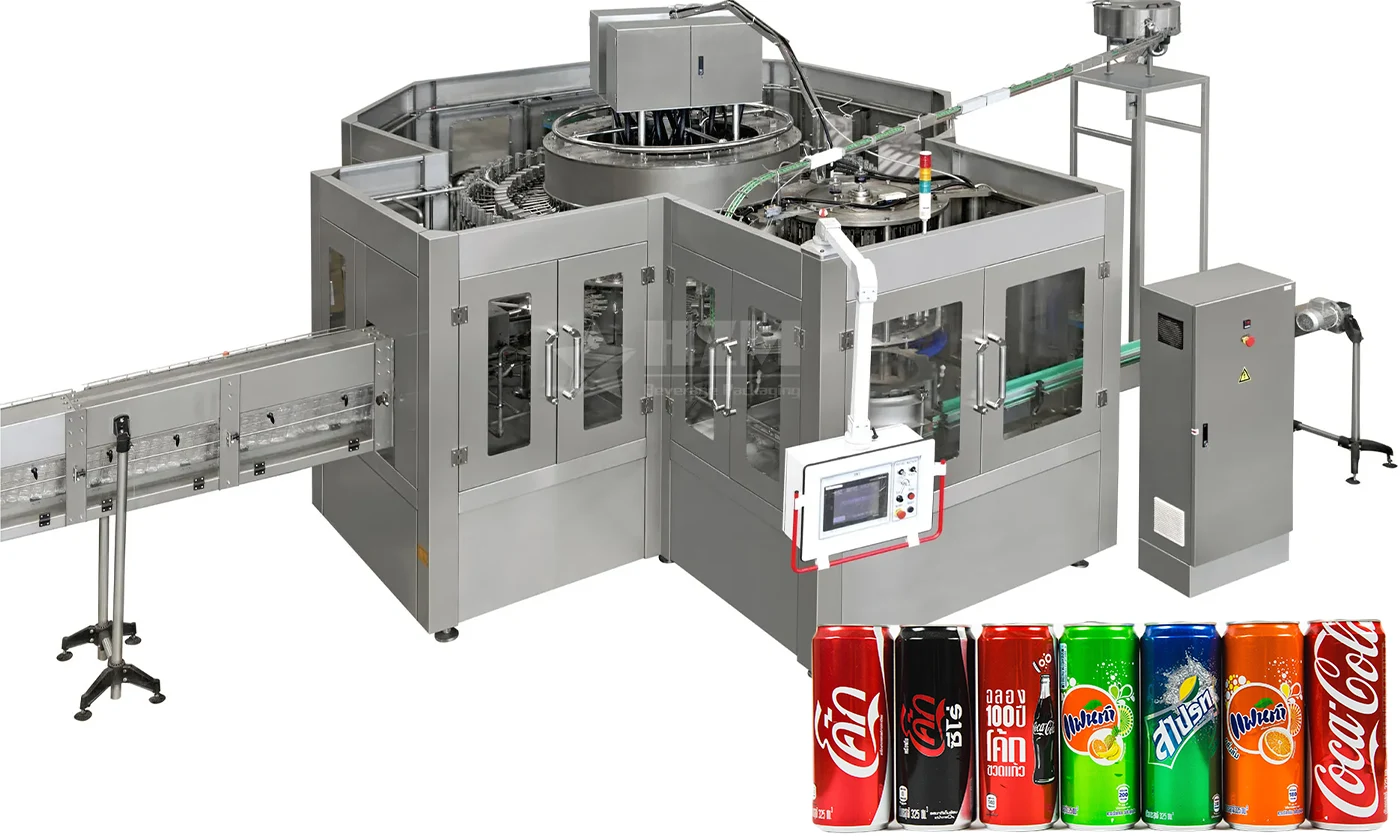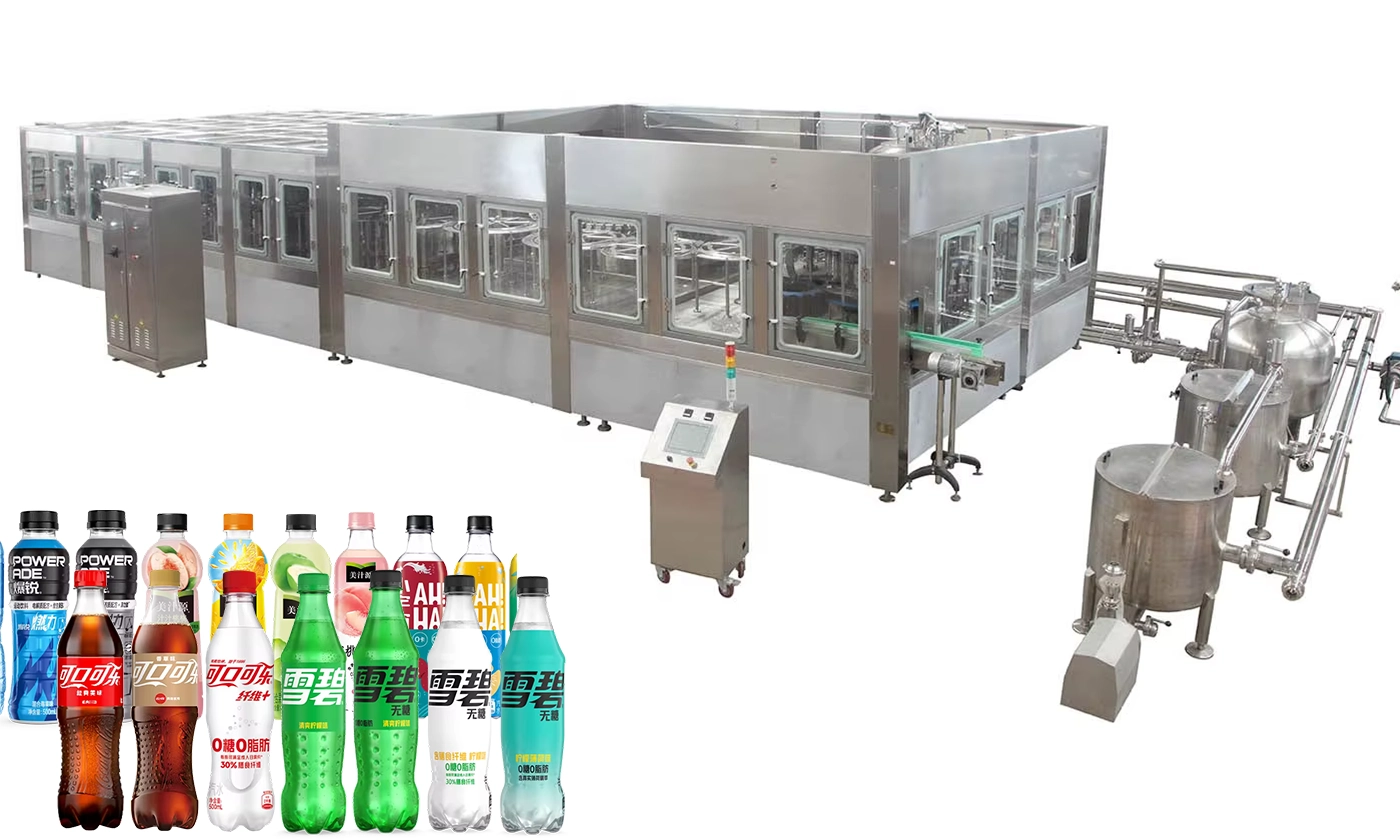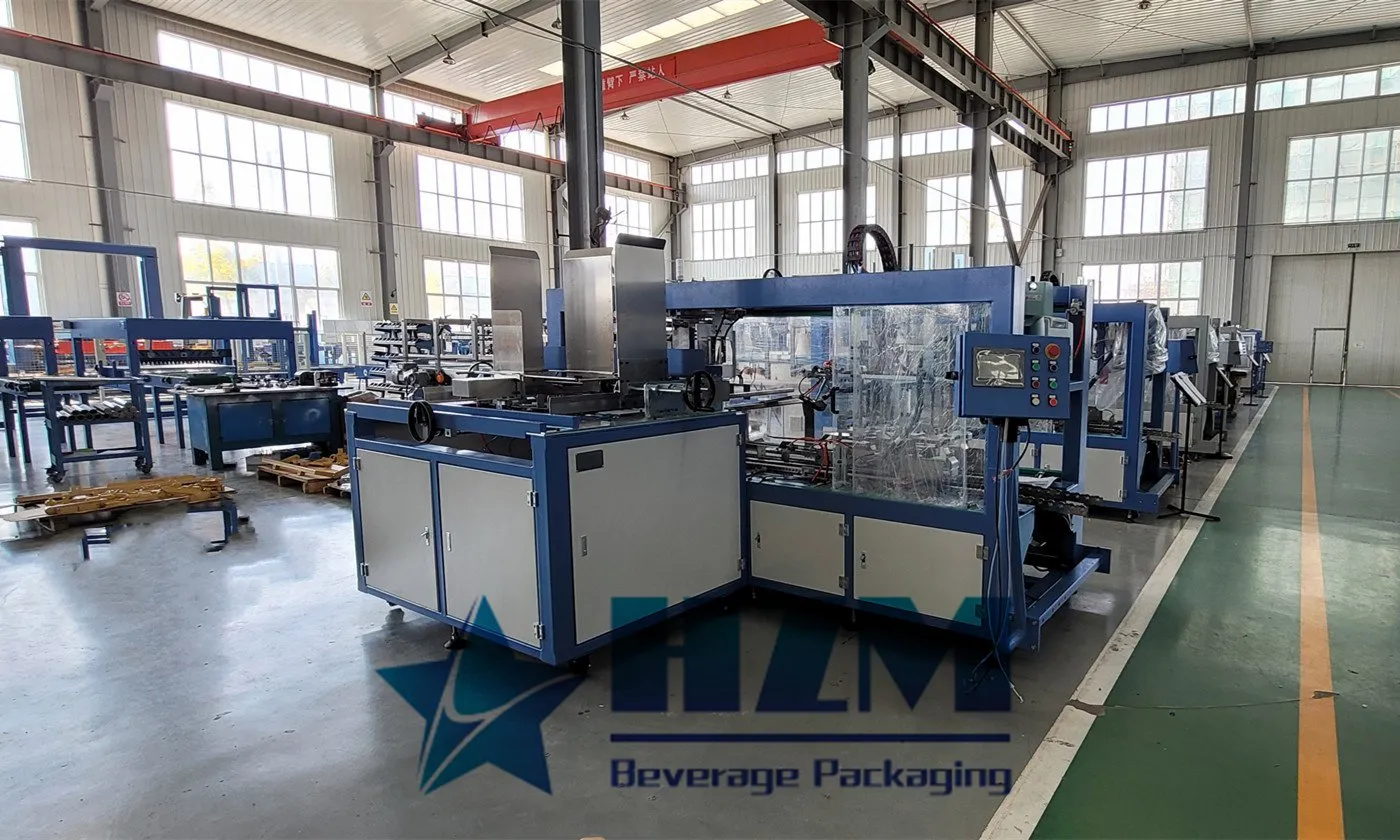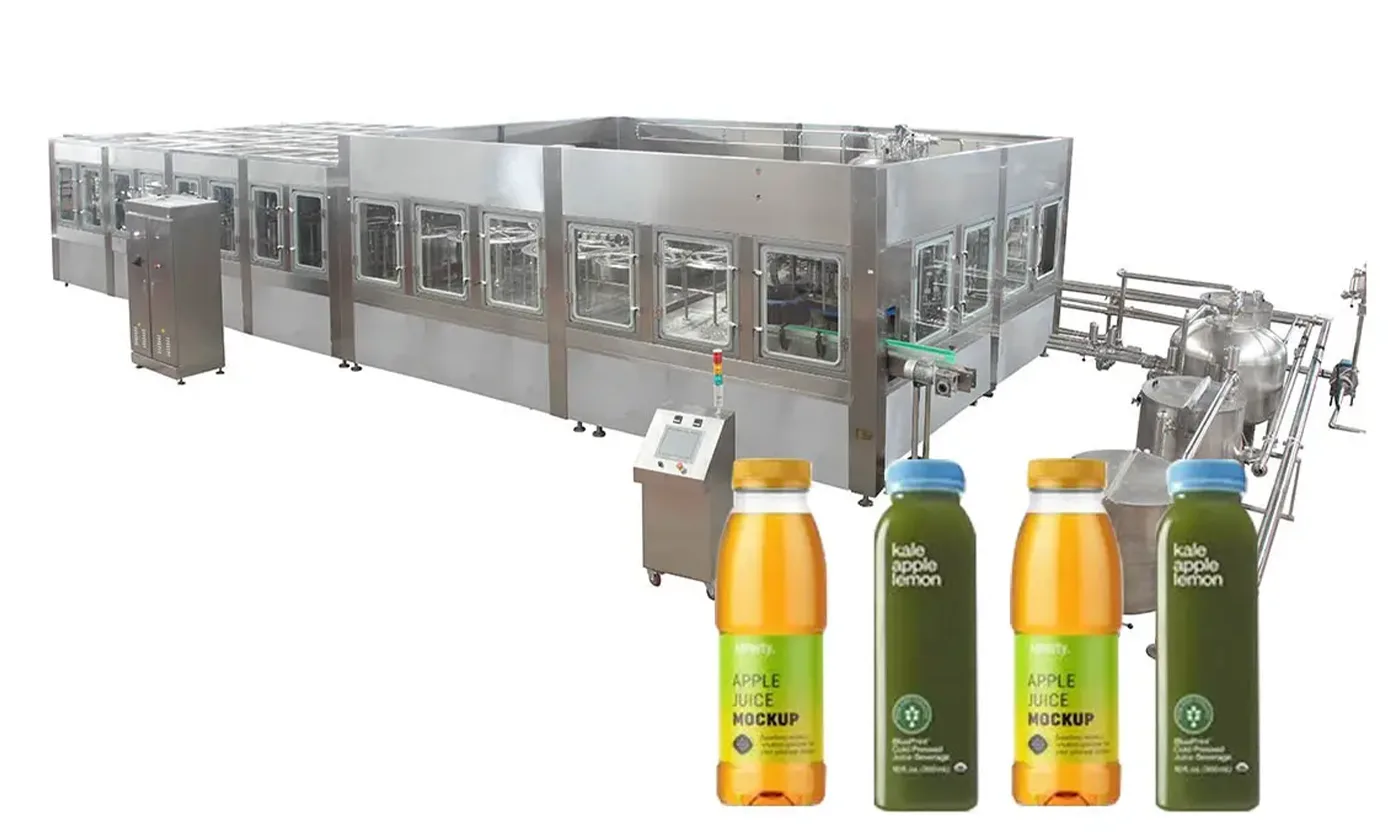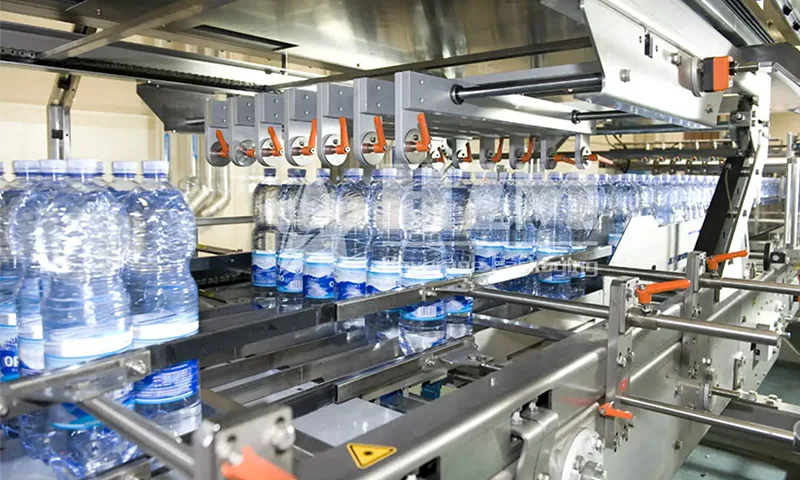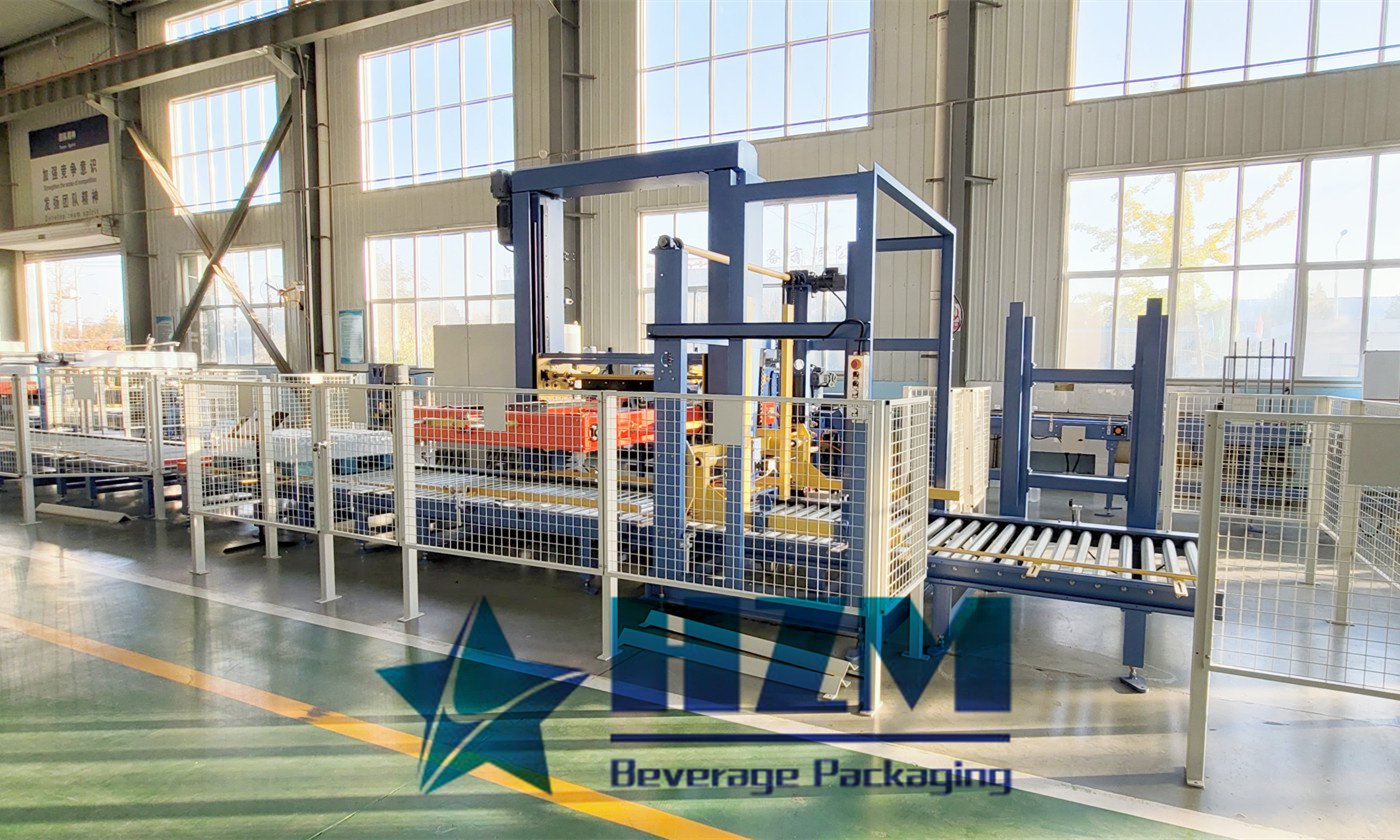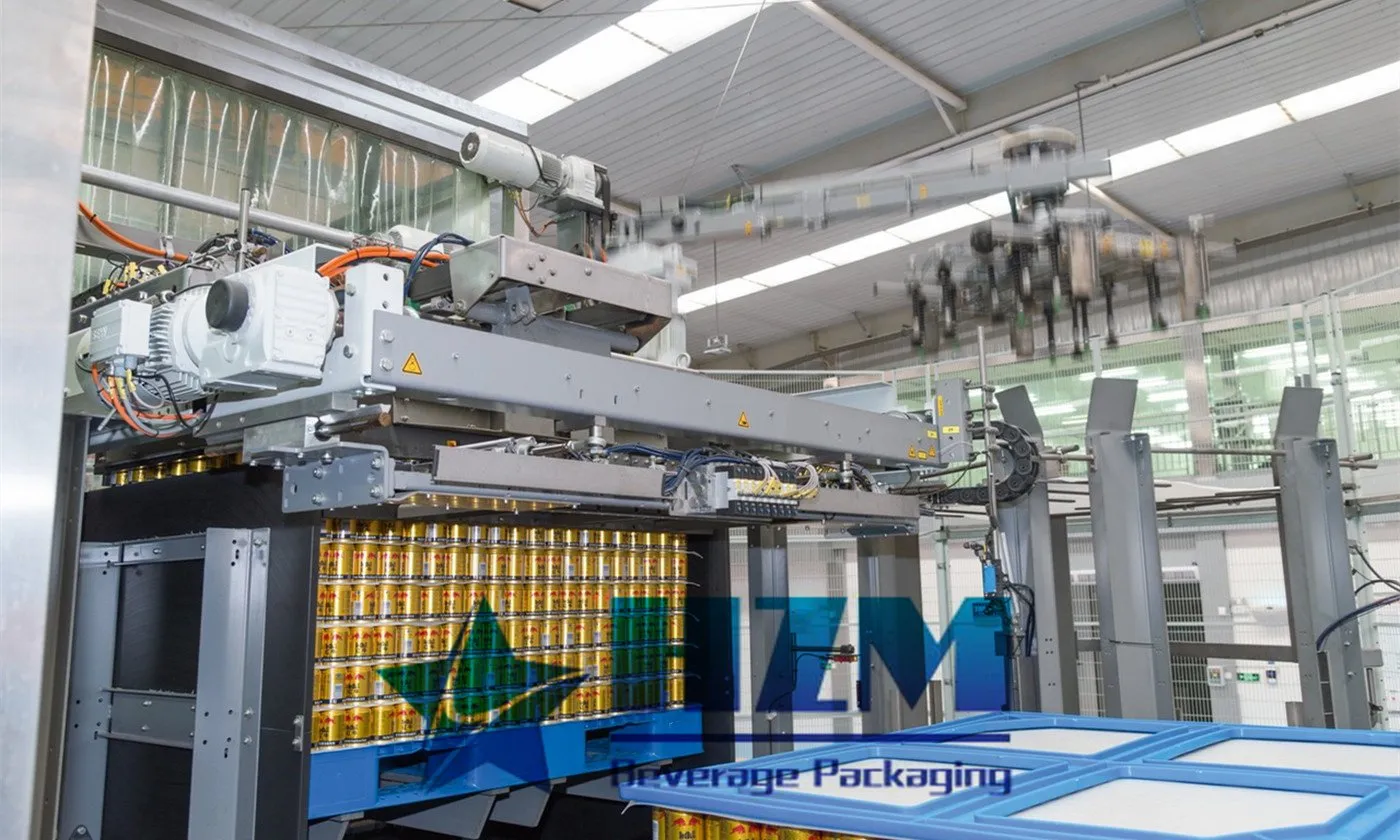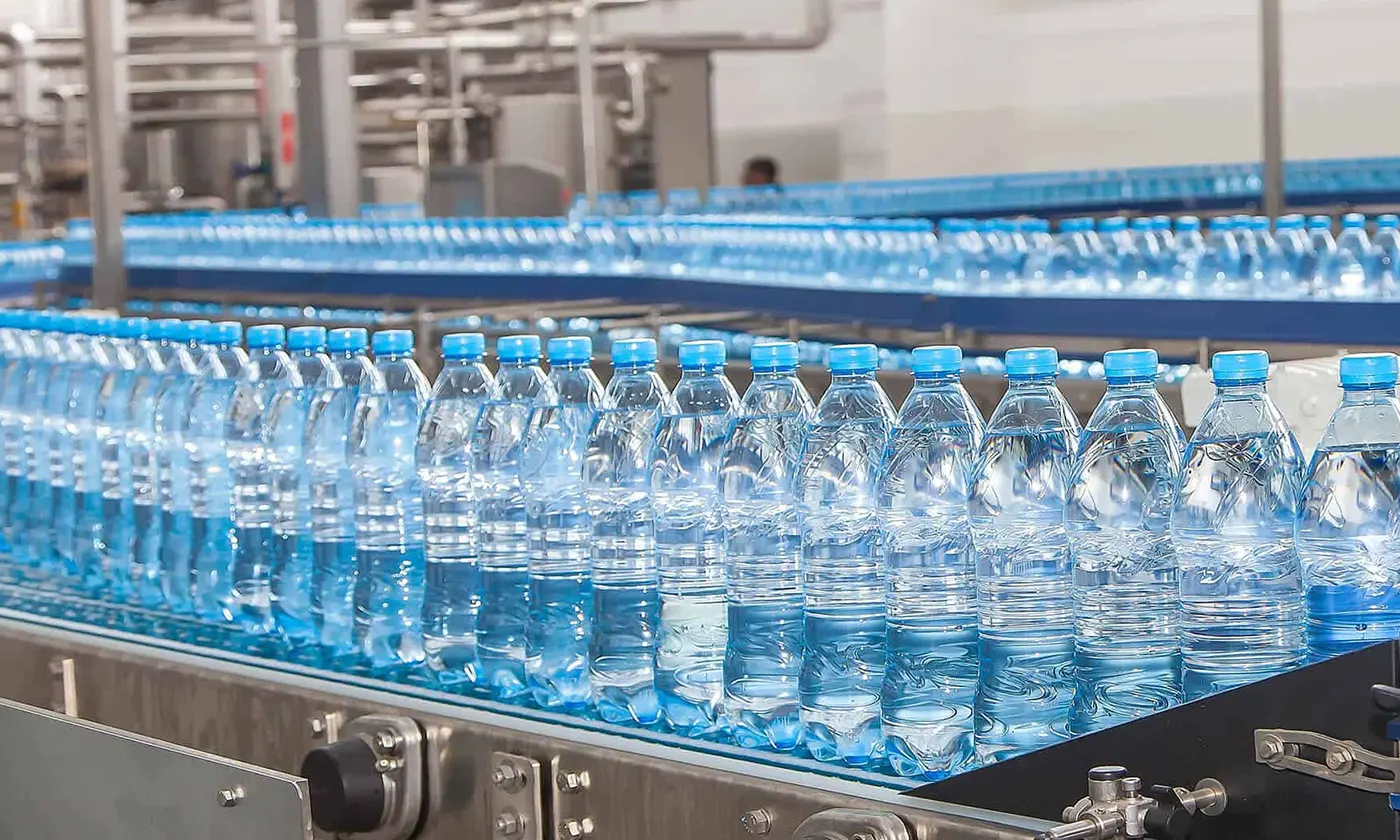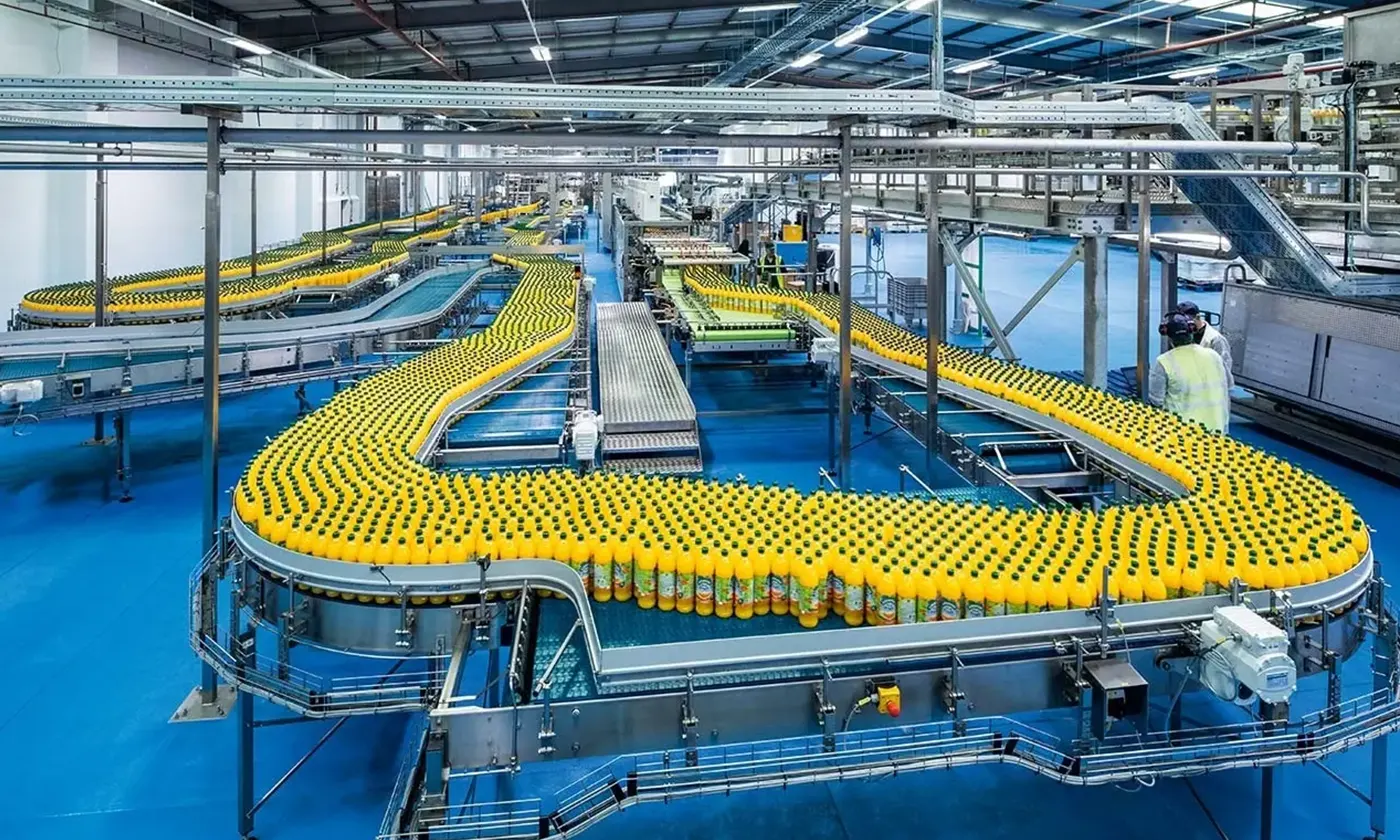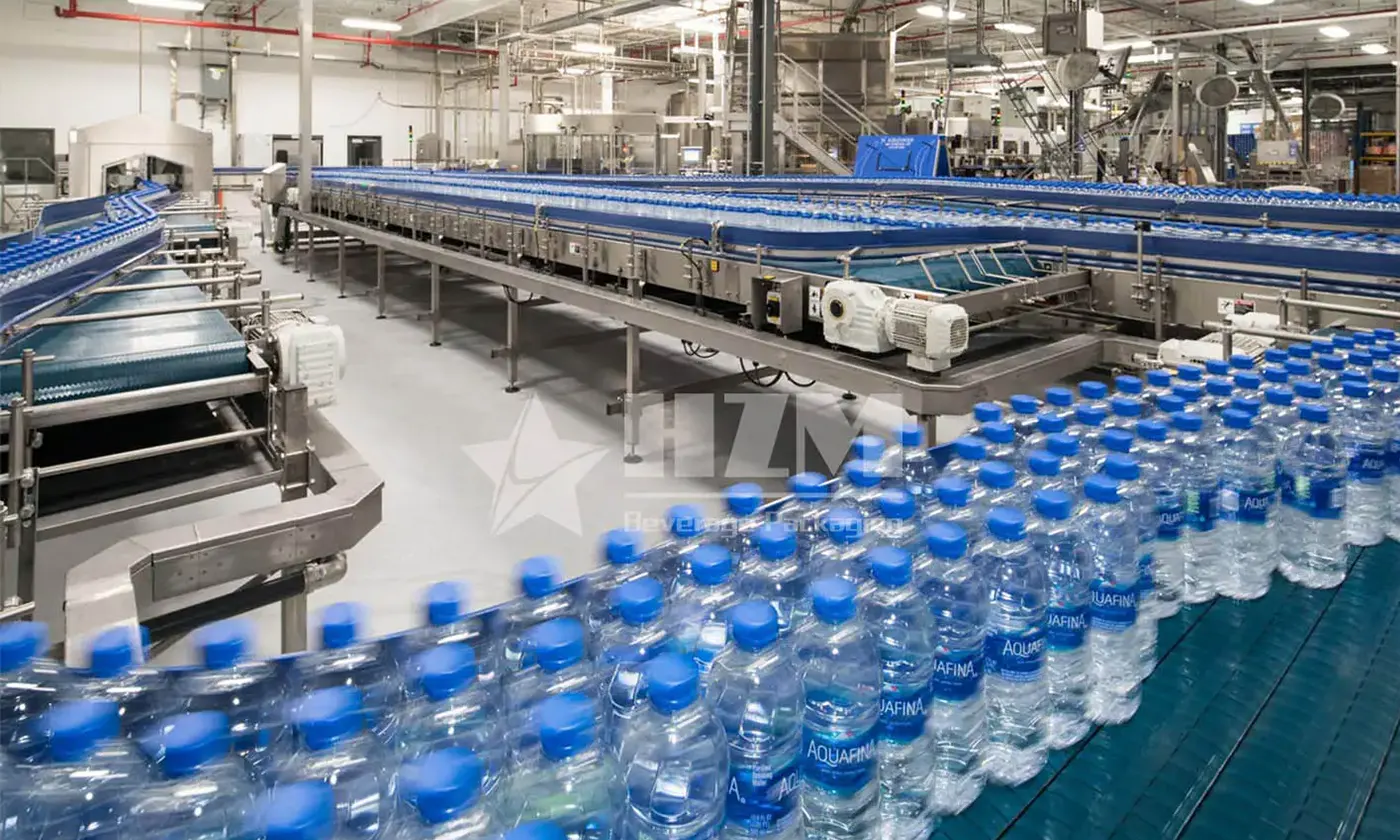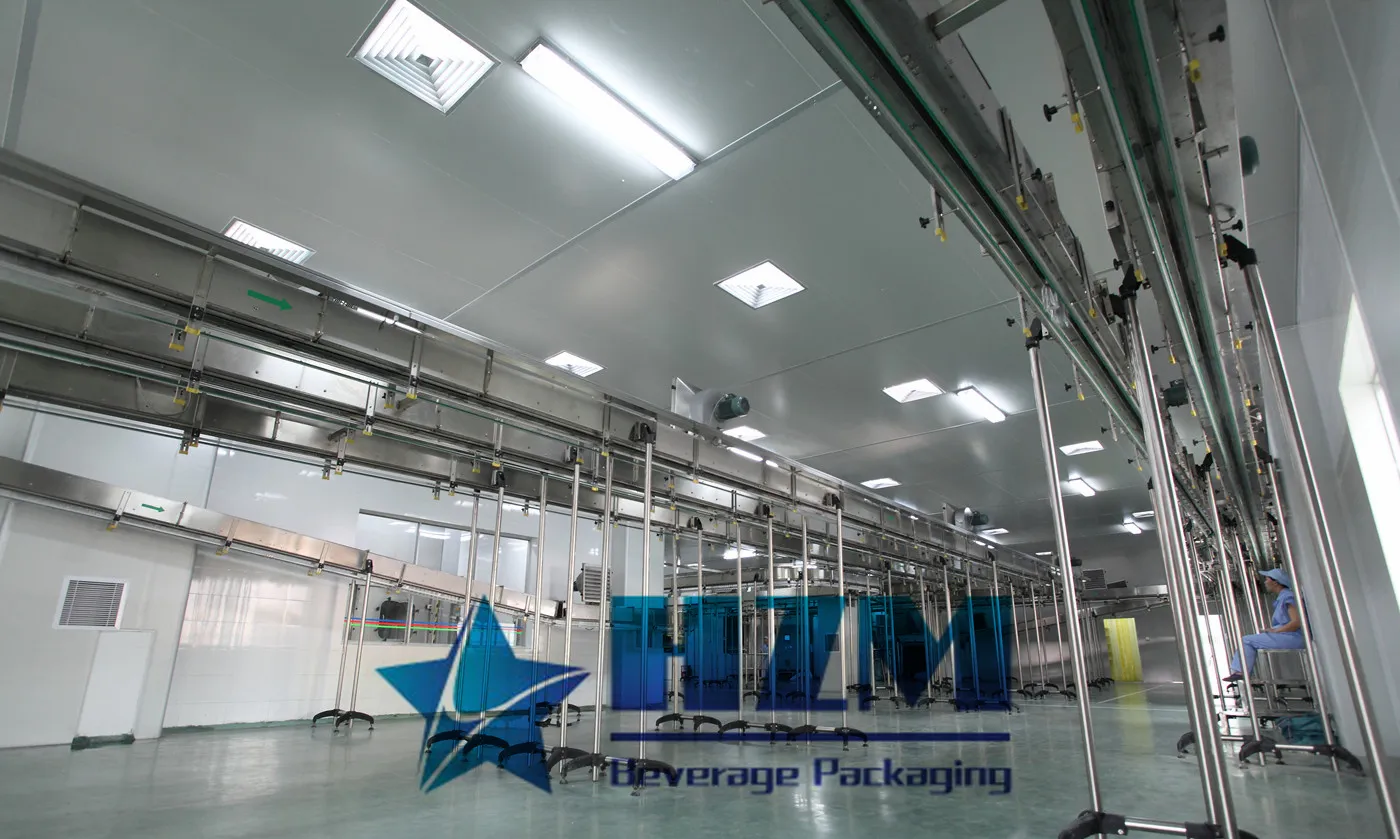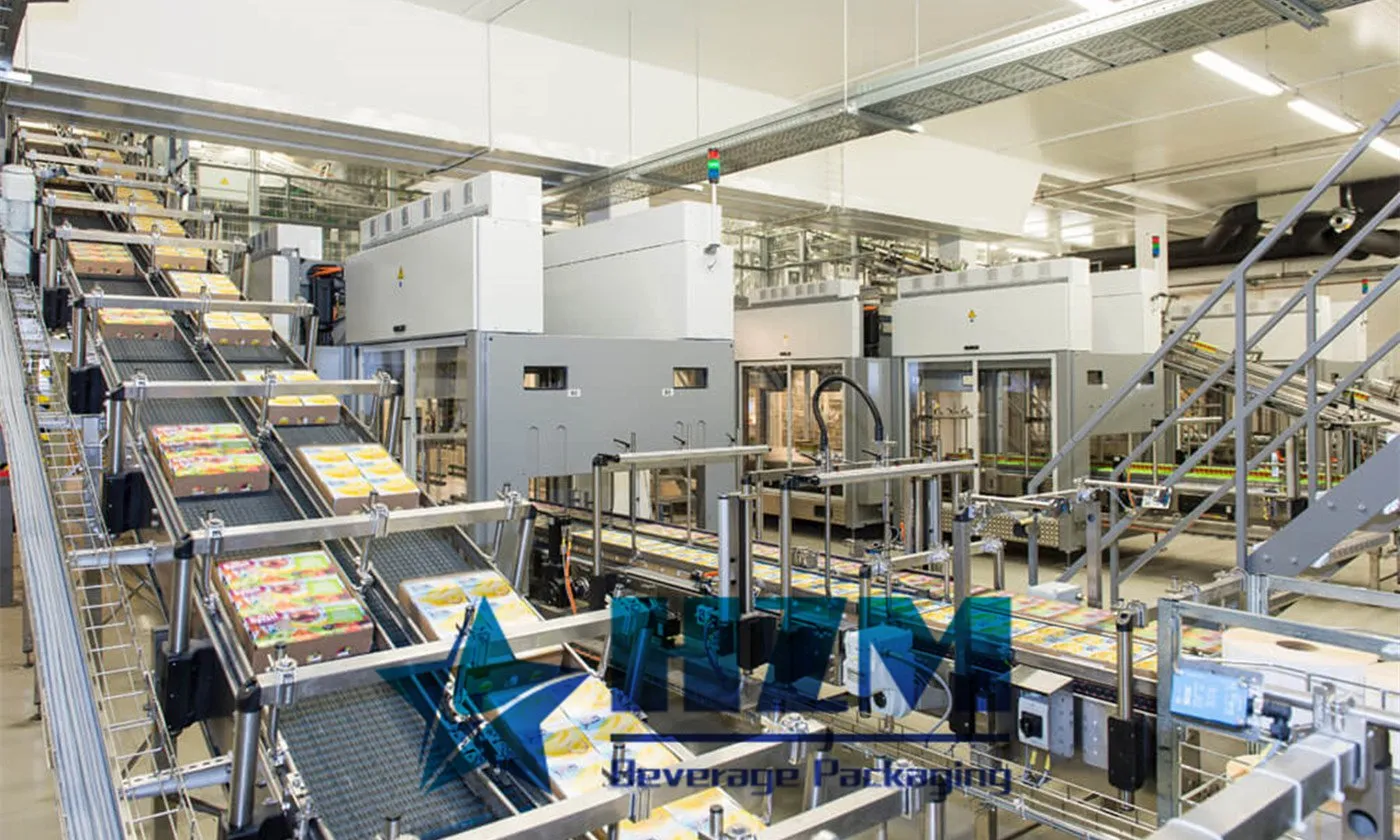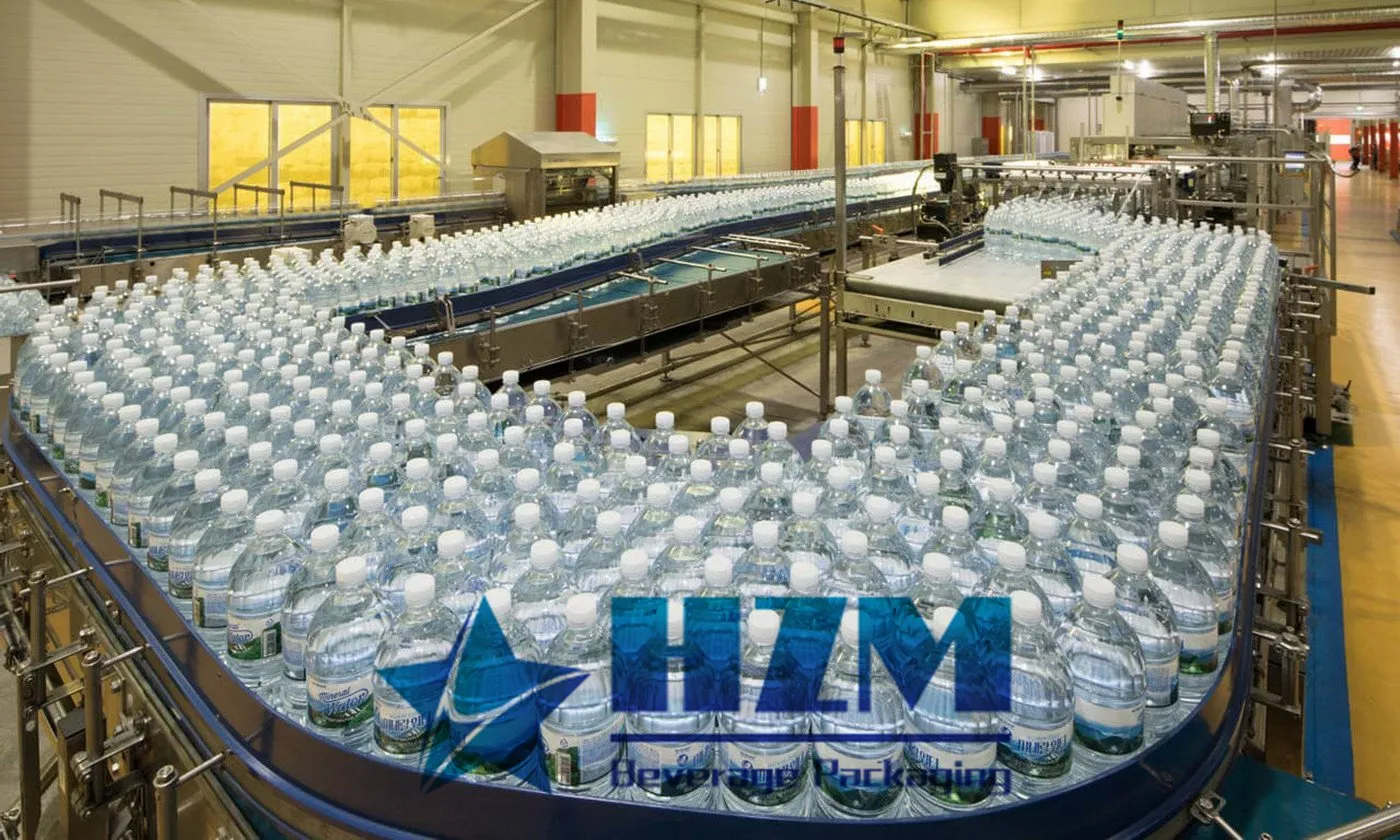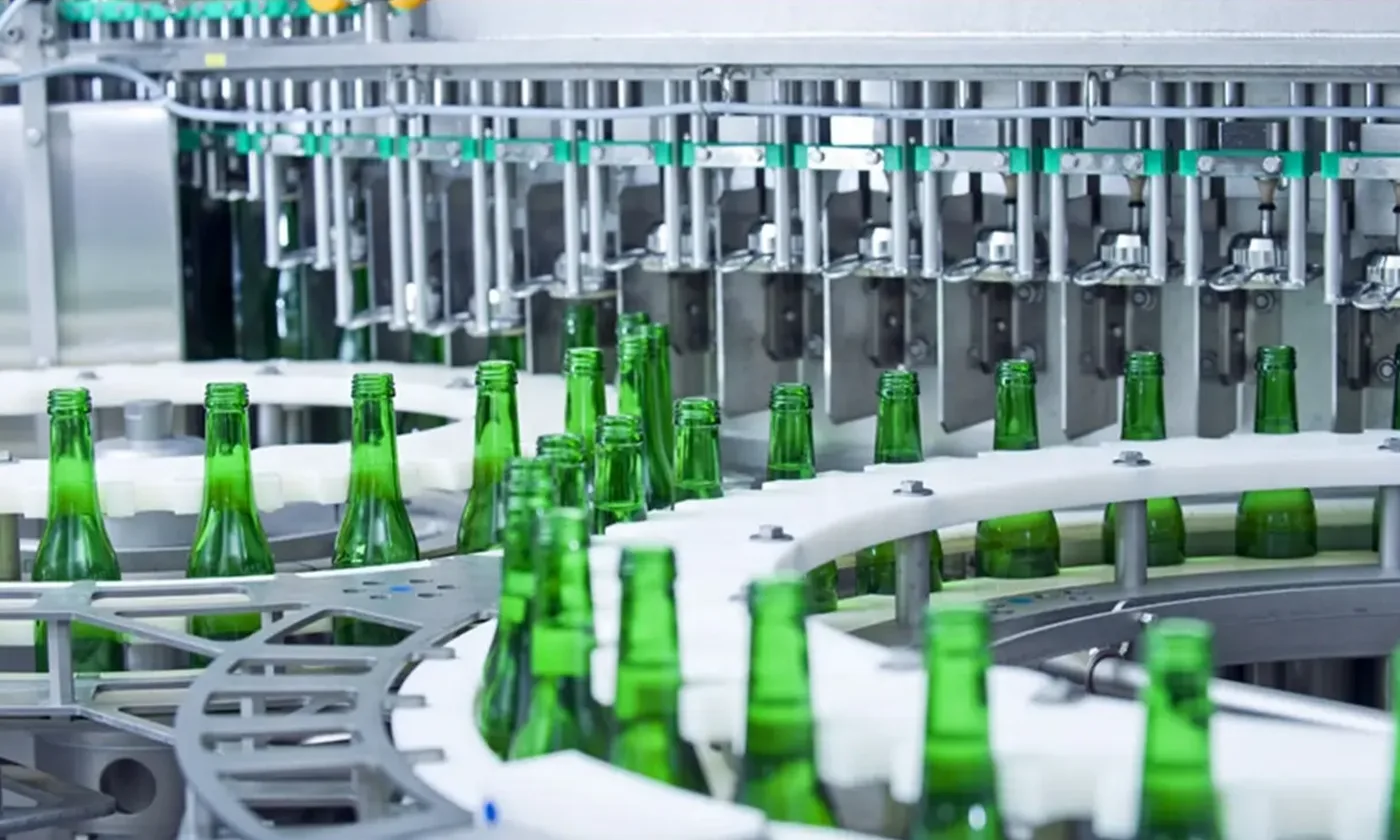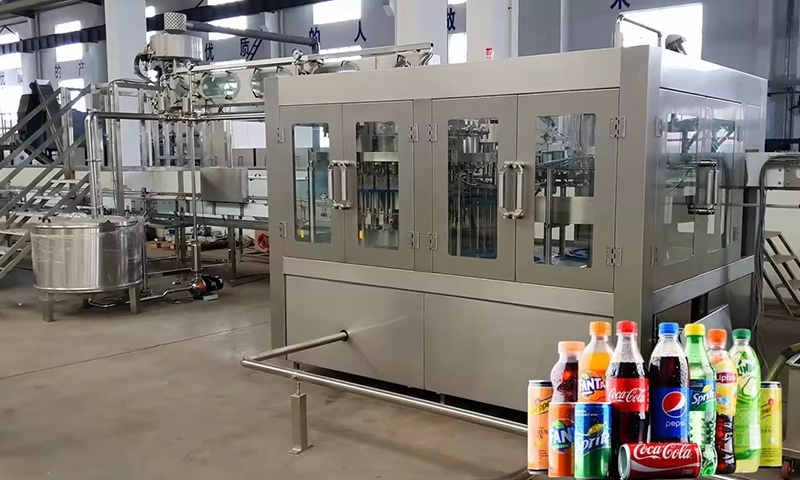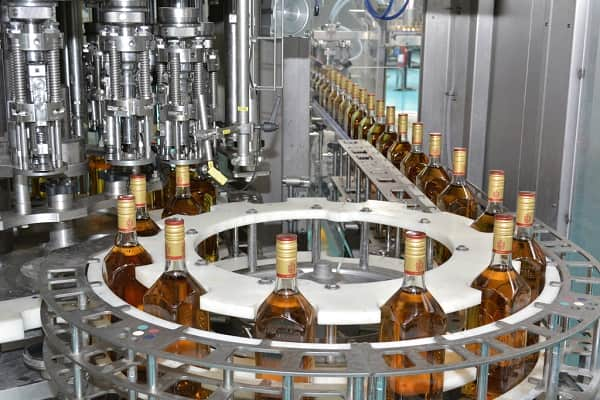
Effective Cleaning Techniques for Liquid Filling Machines
After using the liquid filling machine, cleaning is essential to ensure a clean environment for subsequent use. Today, we'll introduce two main cleaning methods for the liquid filling machine after operation:
Circulating Filling with Water or Cleaning Solution
After completing the filling task, the liquid filling machine needs to clean the residues in the hopper and cylinder. Pour water, warm water, soapy water, or alcohol, cleaning solution, etc., into the hopper; then step on the foot switch to start the filling machine, allowing it to draw the cleaning liquid from the hopper, and adjust the discharge speed to accelerate. This dissolves the remaining material into the cleaning solution and swiftly rinses off any residue in contact with machine parts. This process flushes out the residual material from the hopper, cylinder, and related parts along with the cleaning liquid. After several cycles of filling, add clean water for another round of circulation. Two to three cycles of cleaning usually suffice. This method is suitable for situations where cleaning requirements are not stringent, the material is soluble in water, and the cleaning solution is non-corrosive. Note: Do not use organic solvents or strong corrosive cleaning agents to clean the machine.
Disassembling and Wiping Each Component of the Main Unit
After operating the liquid filling machine, residues in the hopper and cylinder need to be cleaned out. Since this machine is modularly installed, each component can be disassembled for cleaning. Use non-woven cloth and cleaning liquid to wipe each component. Once all components are cleaned, it is recommended to wait for them to dry before reassembling. This method is suitable for situations where cleaning requirements are high, the material is not soluble in water, and the operator is familiar with disassembly and assembly of the machine. Note: Before disassembling components, be sure to turn off the equipment's air supply to prevent accidental movement of cylinders that could cause injury.
In addition to these methods, it's important to avoid using sharp or hard tools or blades to scrape the surface of metal parts during cleaning to prevent damage. Users must ensure that materials, water, etc., do not enter the cylinders and air supply pipelines during production use or equipment disassembly and washing.
-
![Core Selling Points of Glass Bottle CSD Filling & Capping Line]()
Core Selling Points of Glass Bottle CSD Filling & Capping Line
-
![Customizable beverage filling system]()
Customizable beverage filling system
-
![Differences Between Hot Filling and Cold Filling in Beverage Filling Machines]()
Differences Between Hot Filling and Cold Filling in Beverage Filling Machines
-
![Selecting a Dedicated RO Reverse Osmosis Water Treatment System for a Purified Water Beverage Production Line]()
Selecting a Dedicated RO Reverse Osmosis Water Treatment System for a Purified Water Beverage Production Line
-
![How Fast Is the Labeling Speed of Tea Beverage Packaging Machines?]()
How Fast Is the Labeling Speed of Tea Beverage Packaging Machines?


